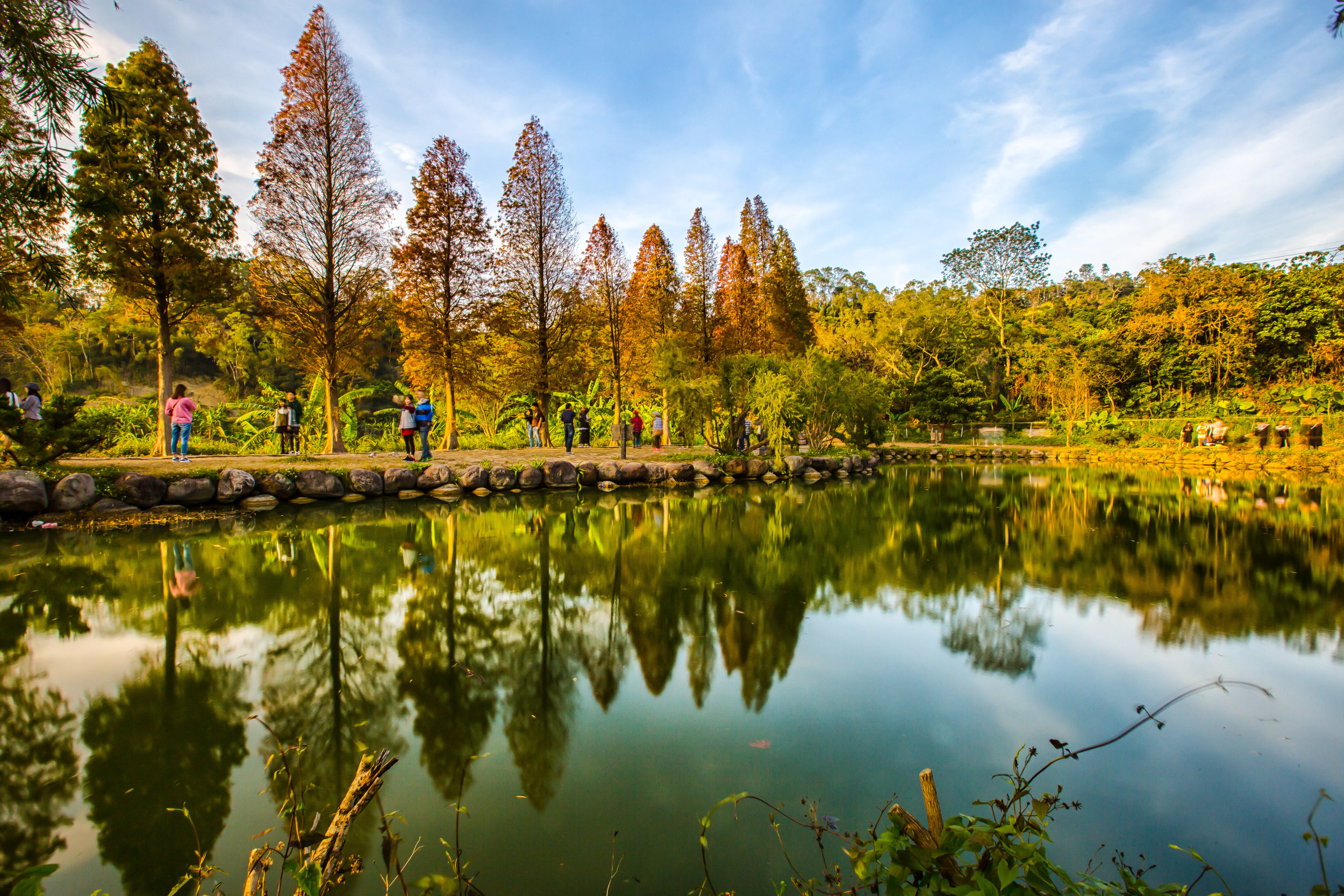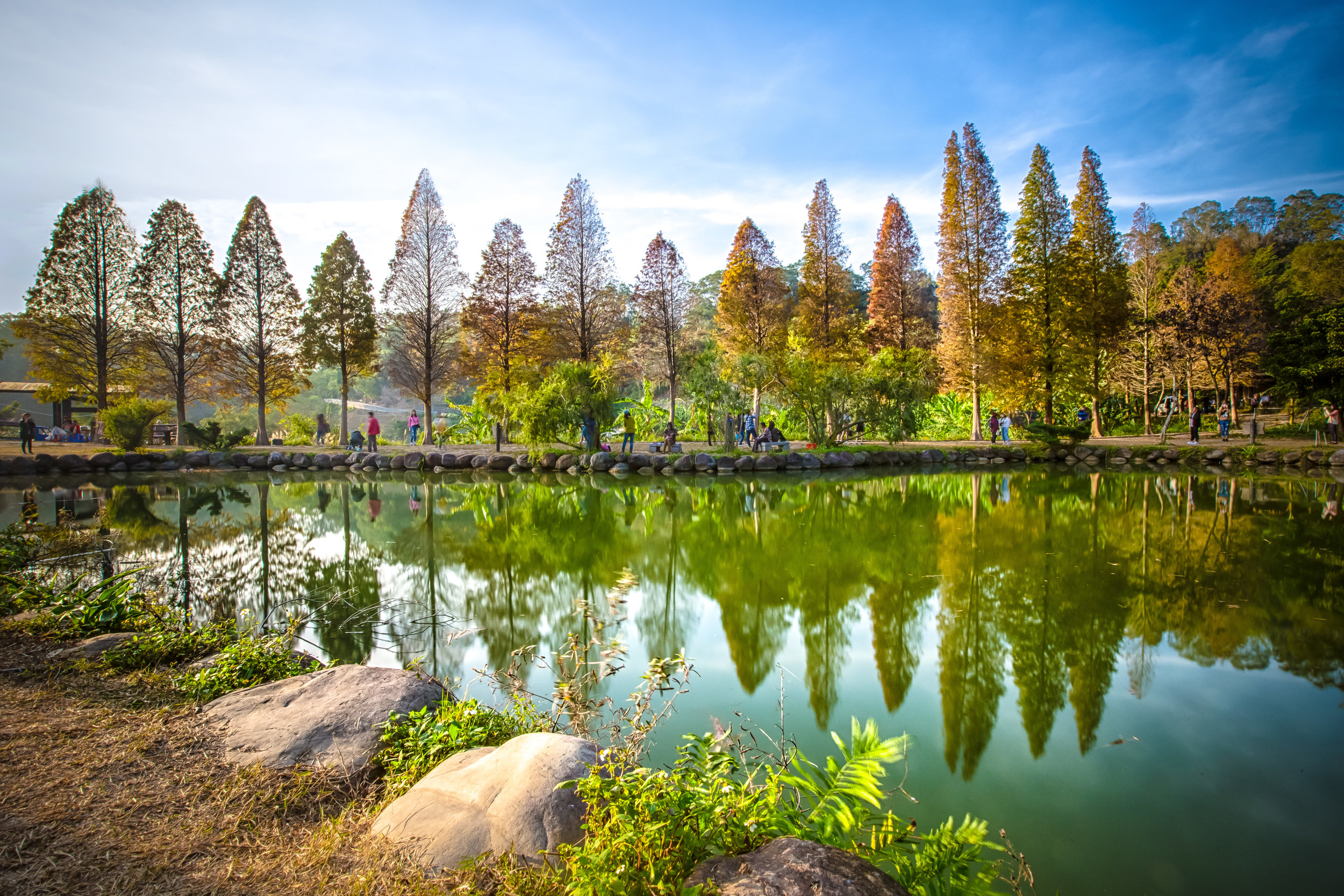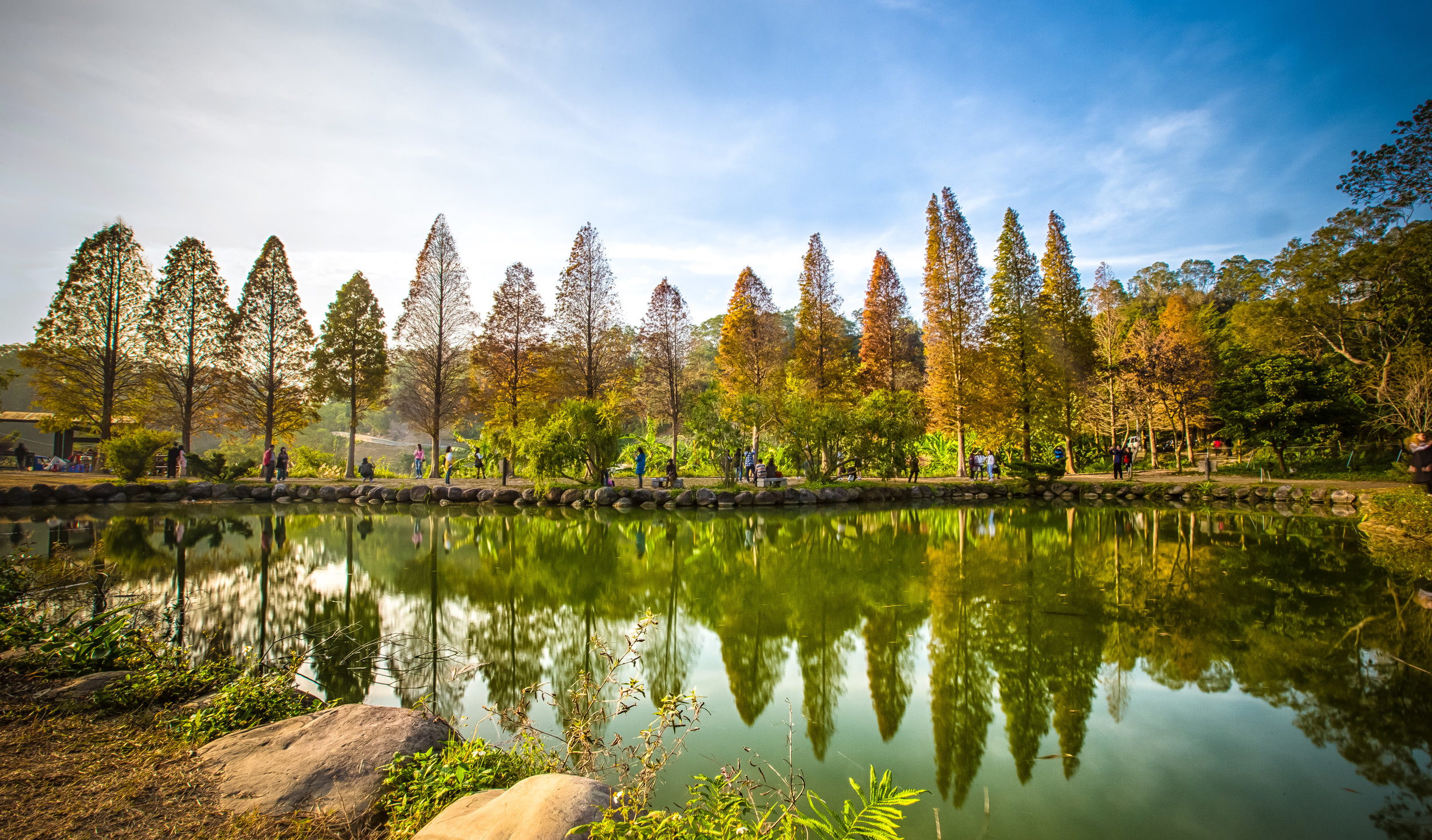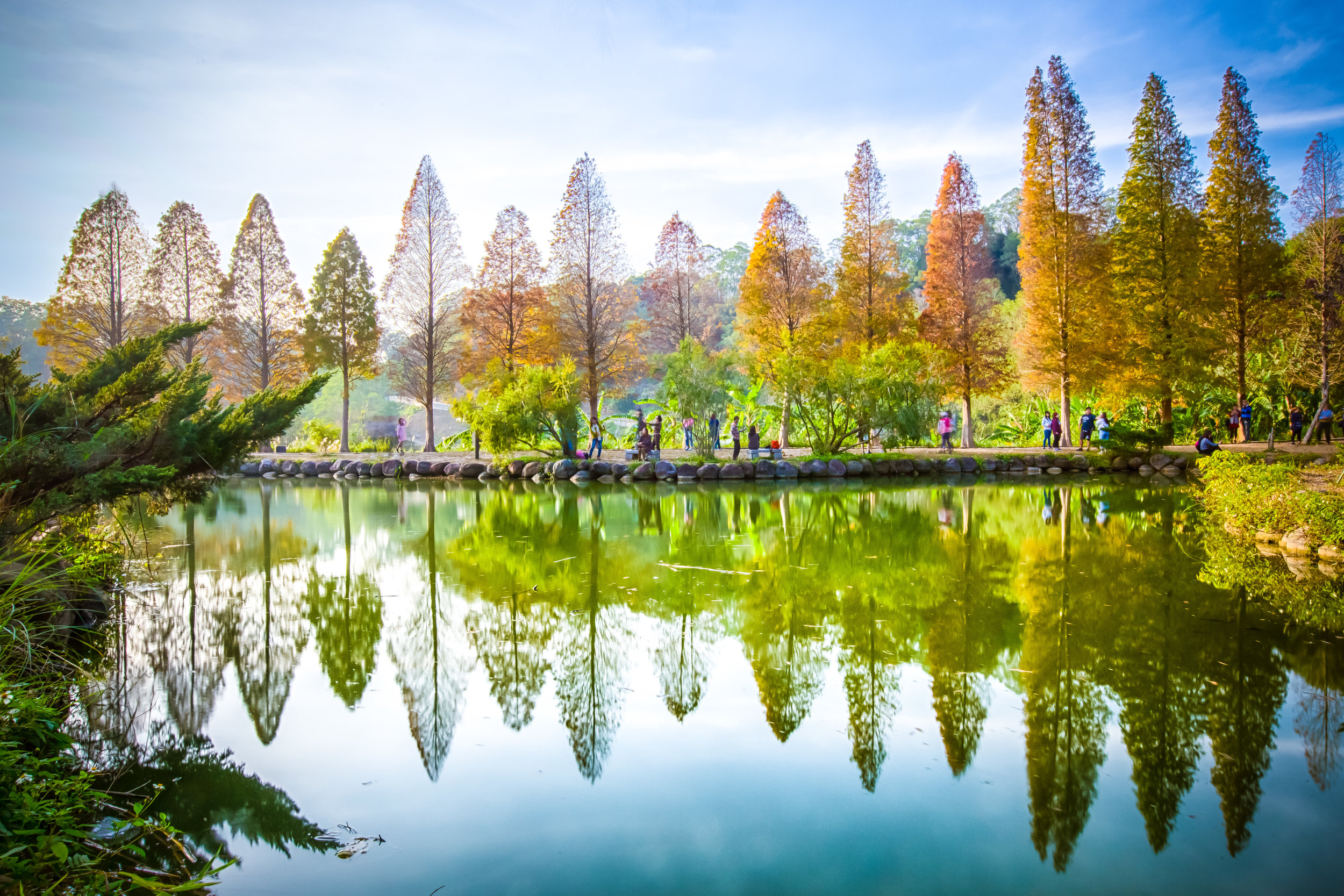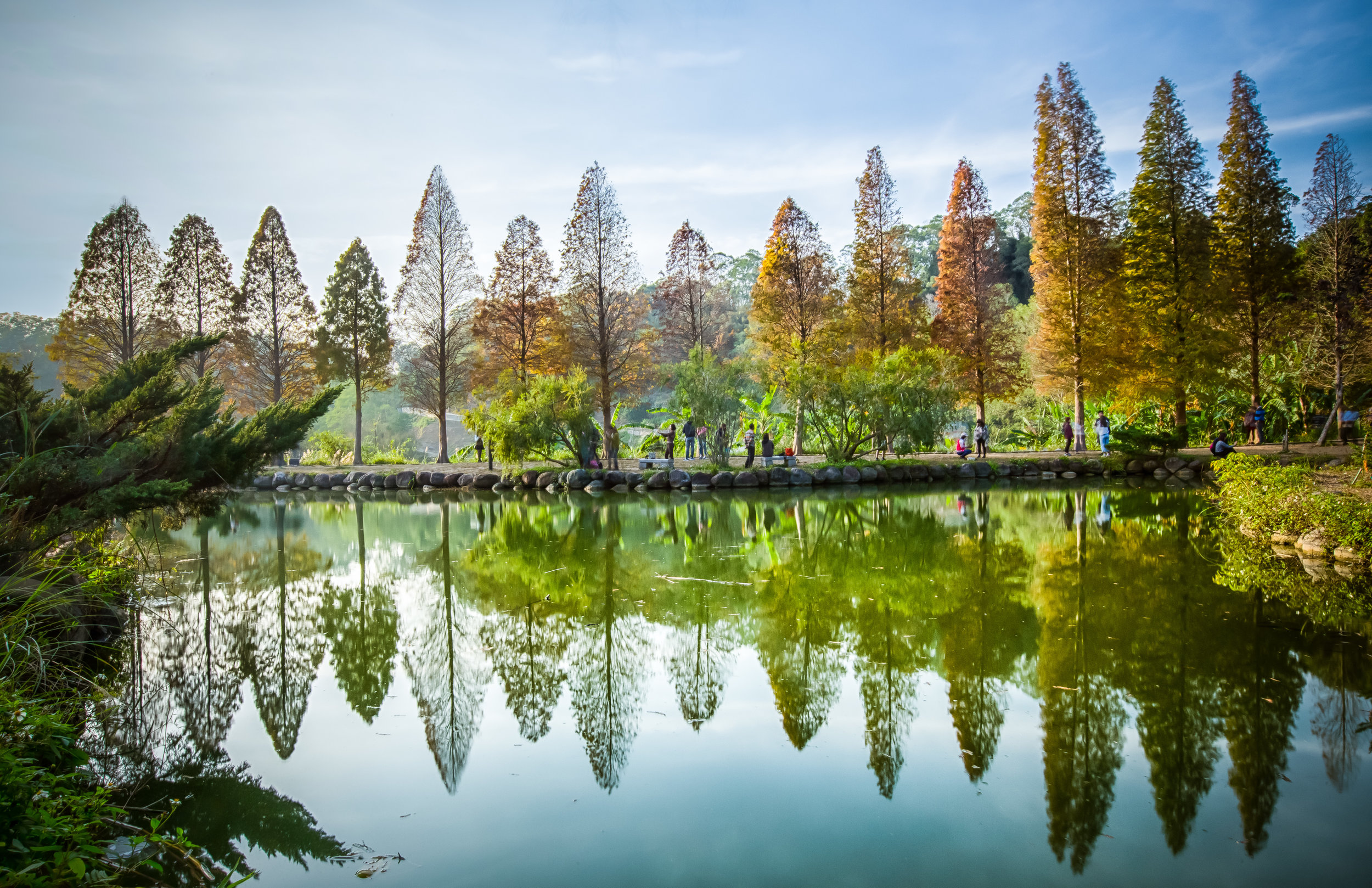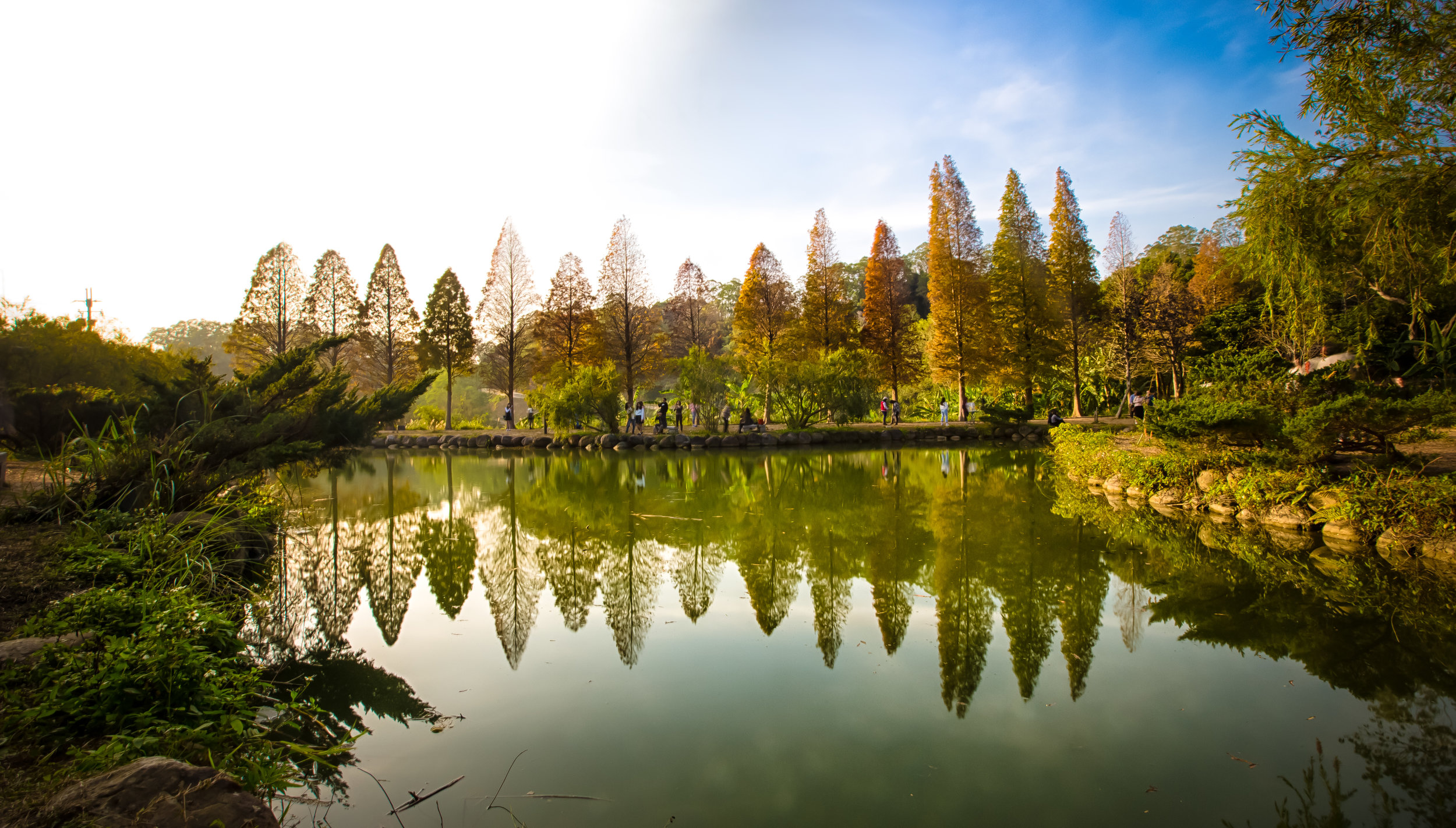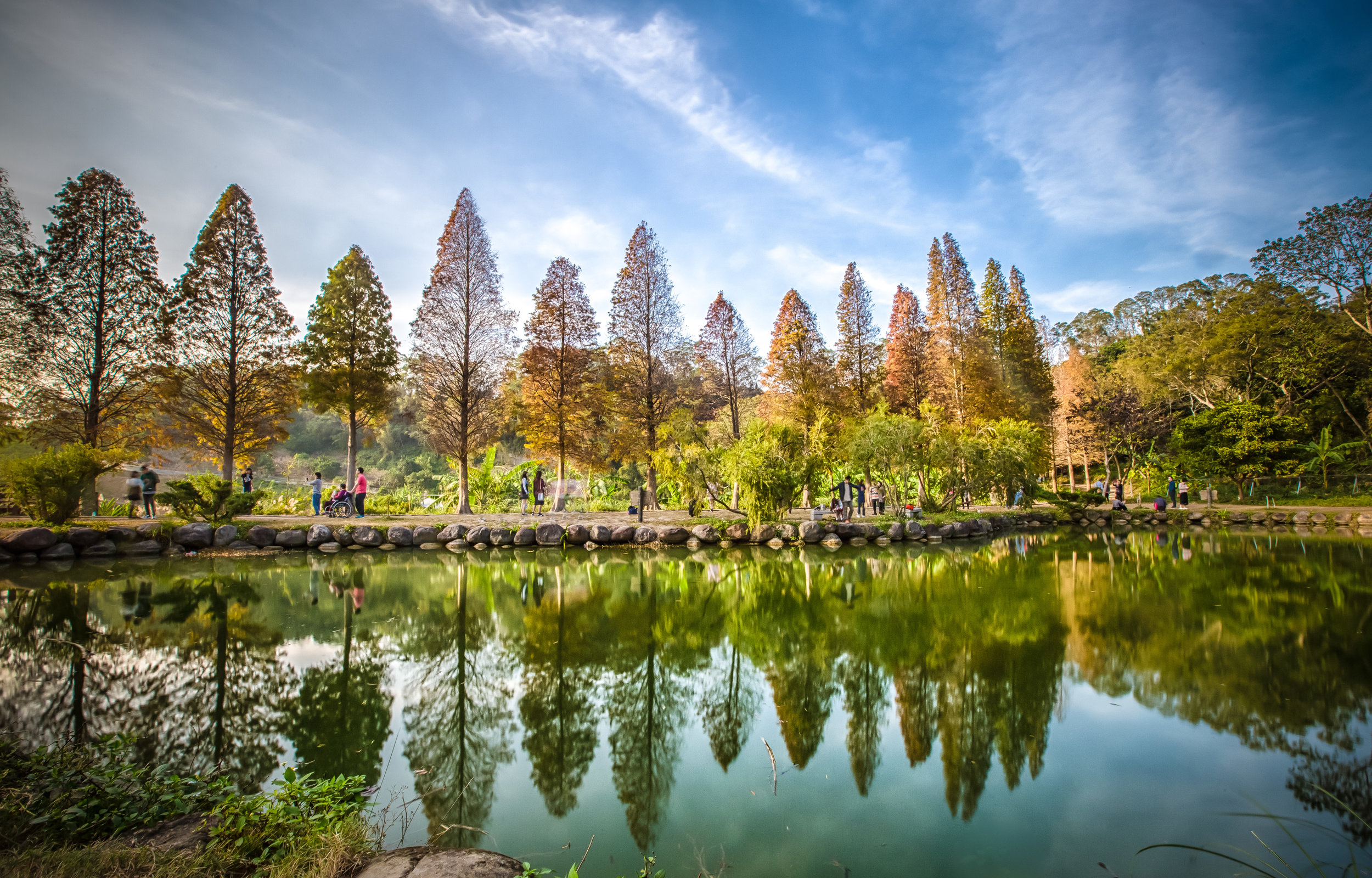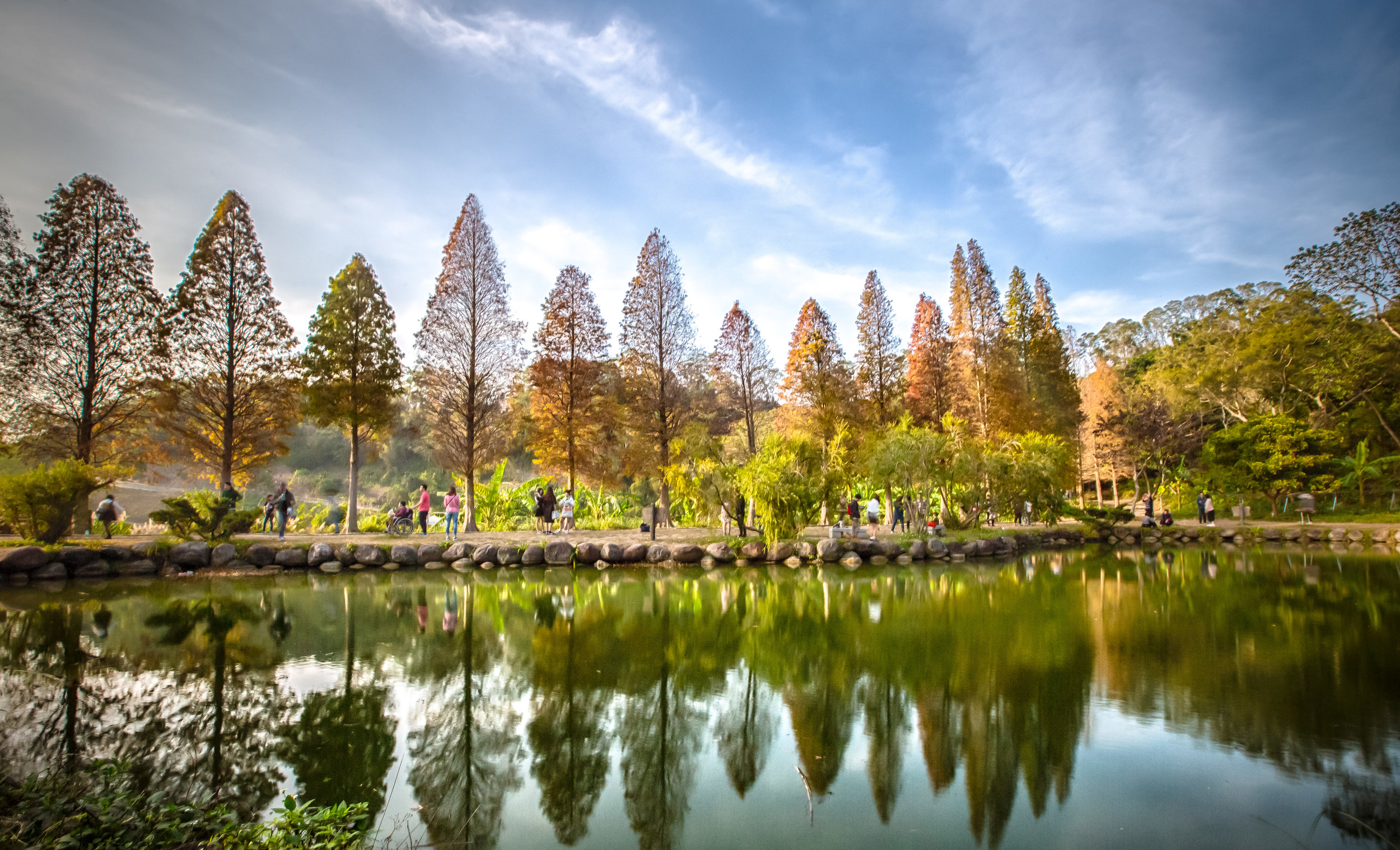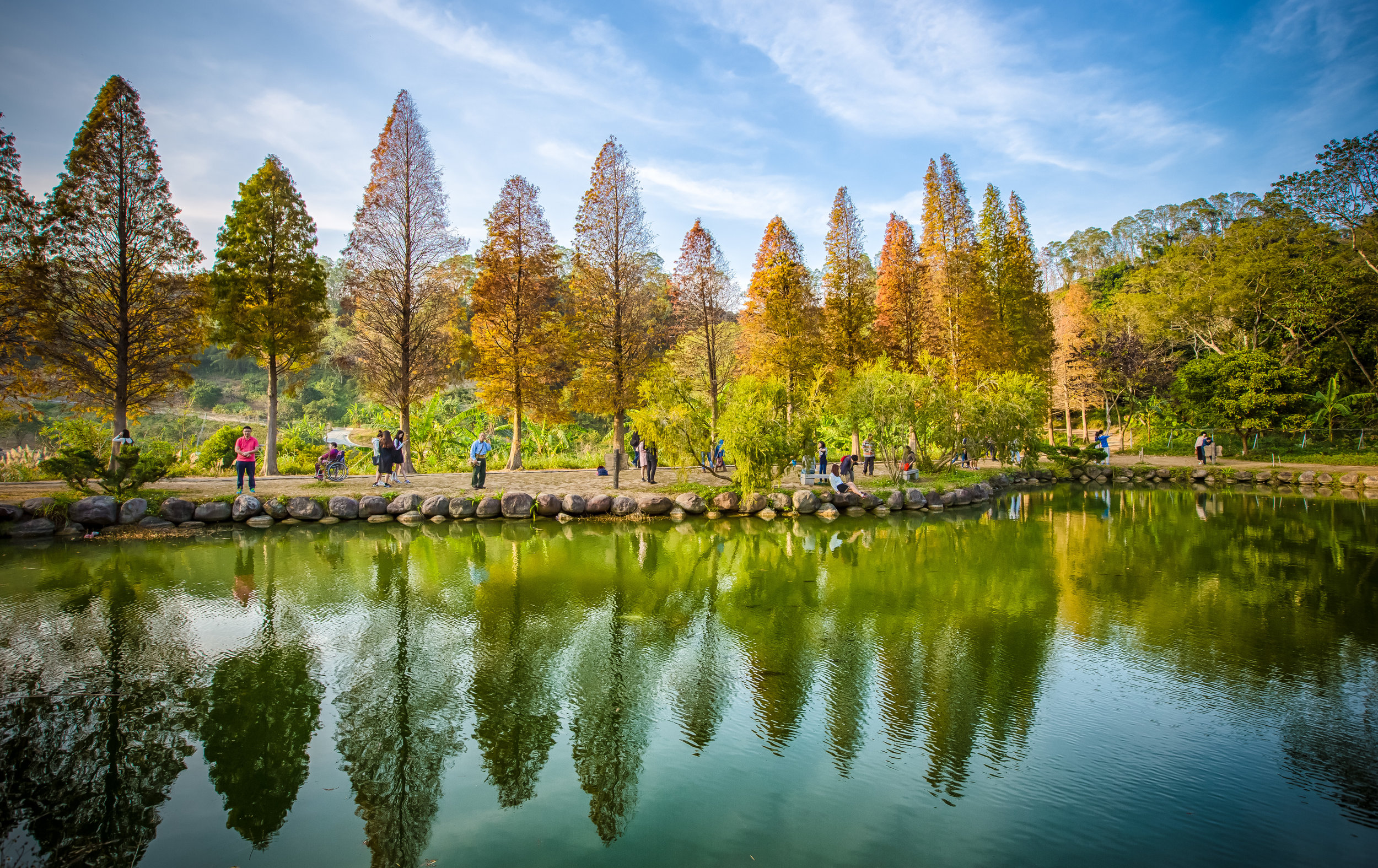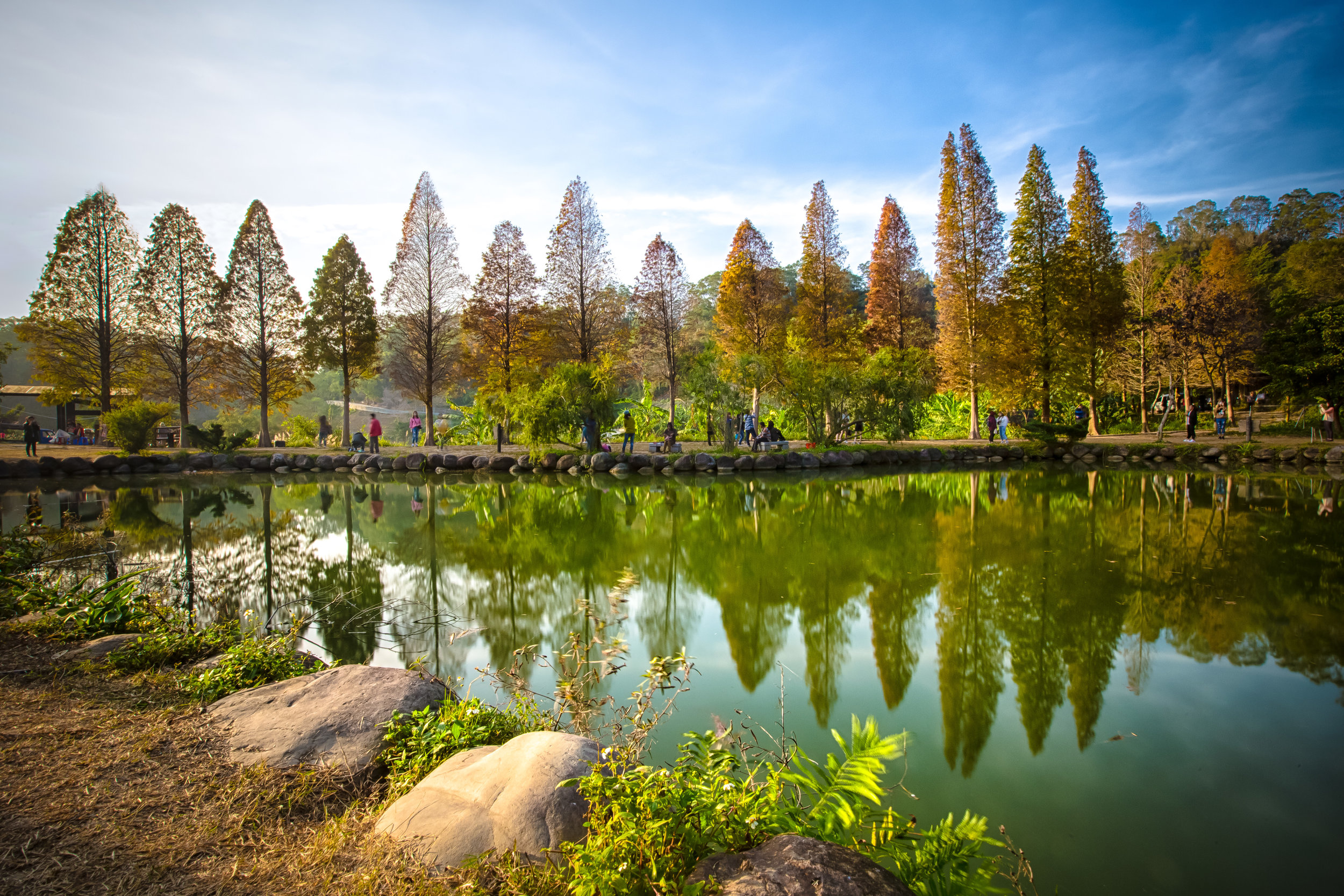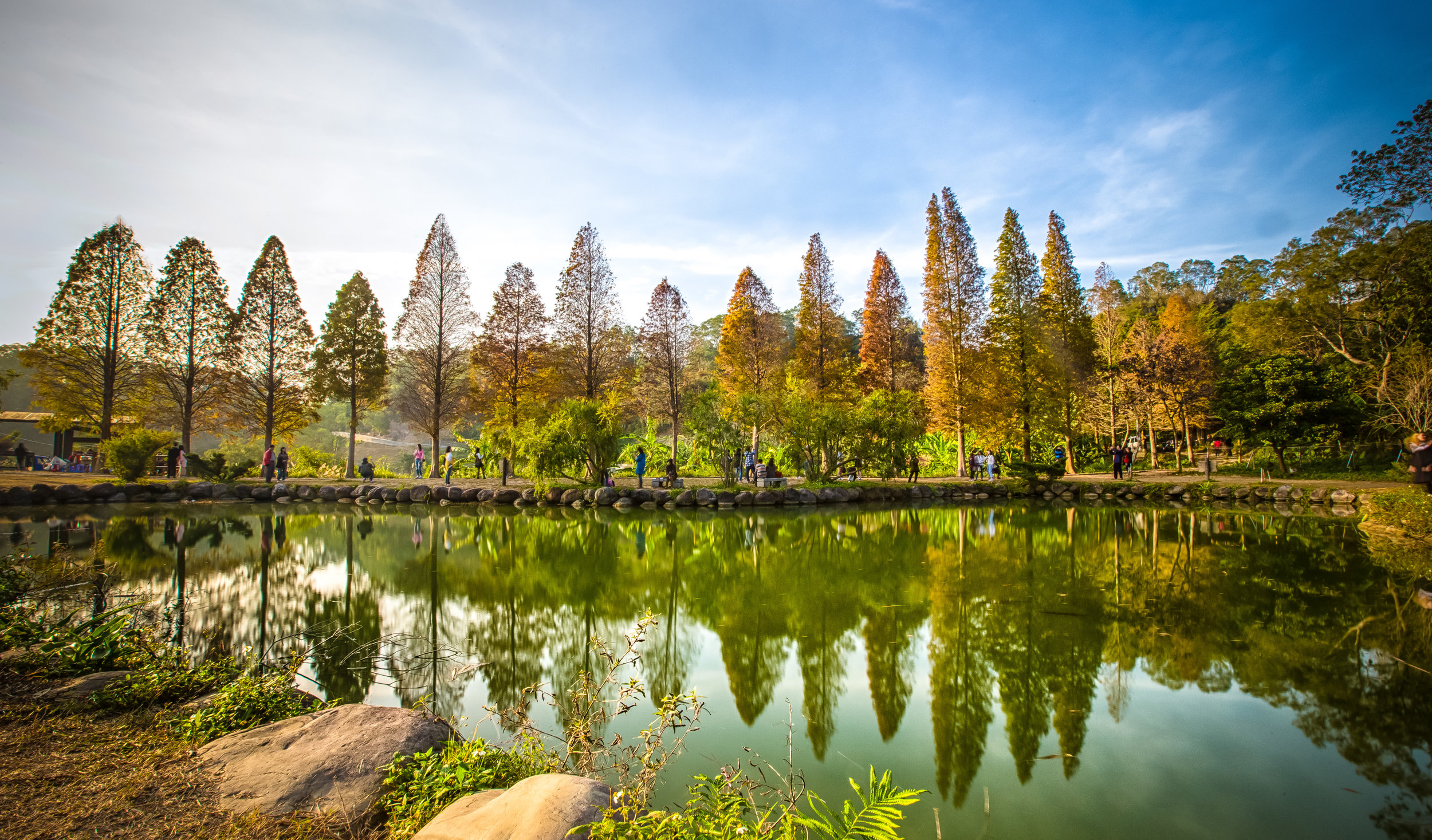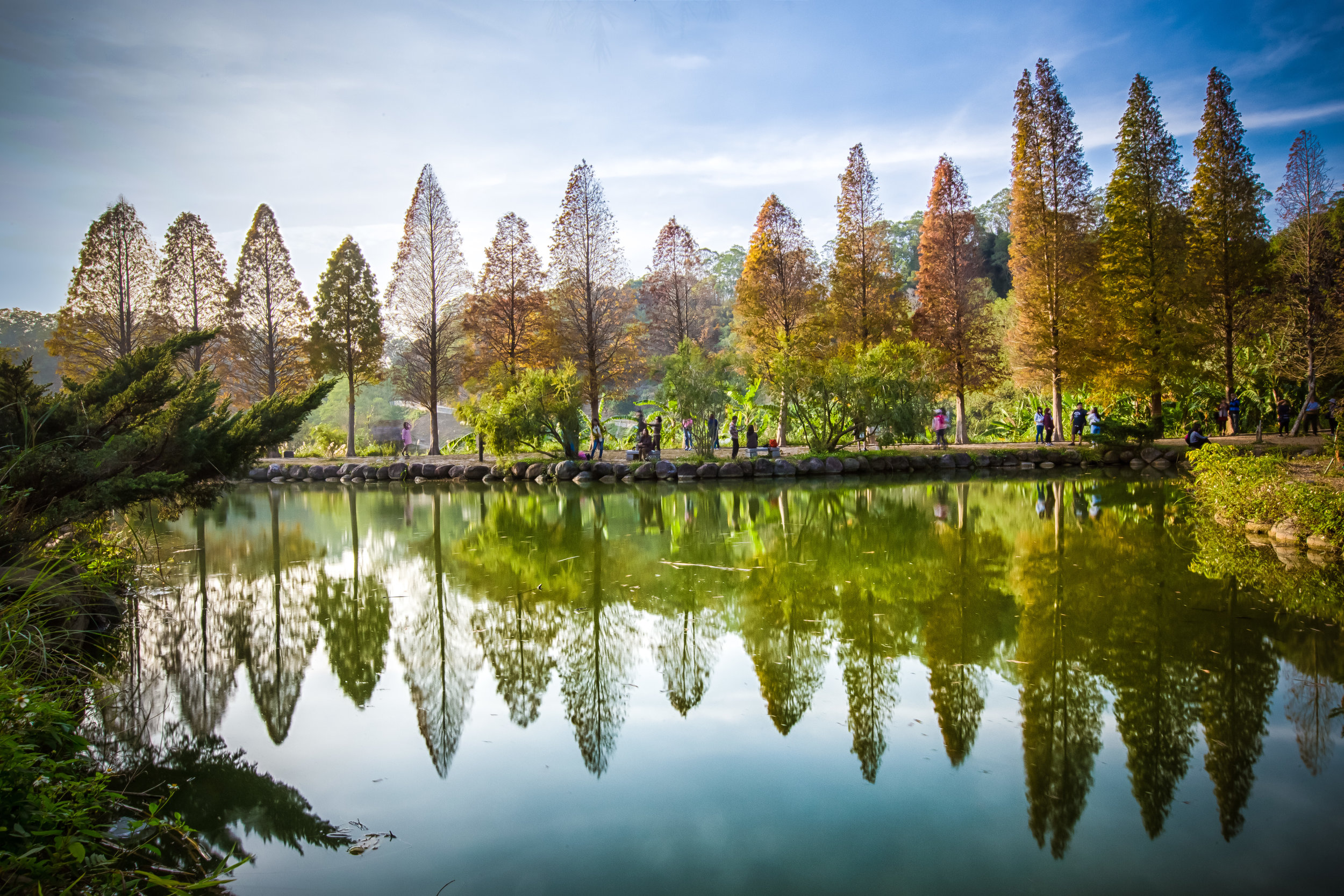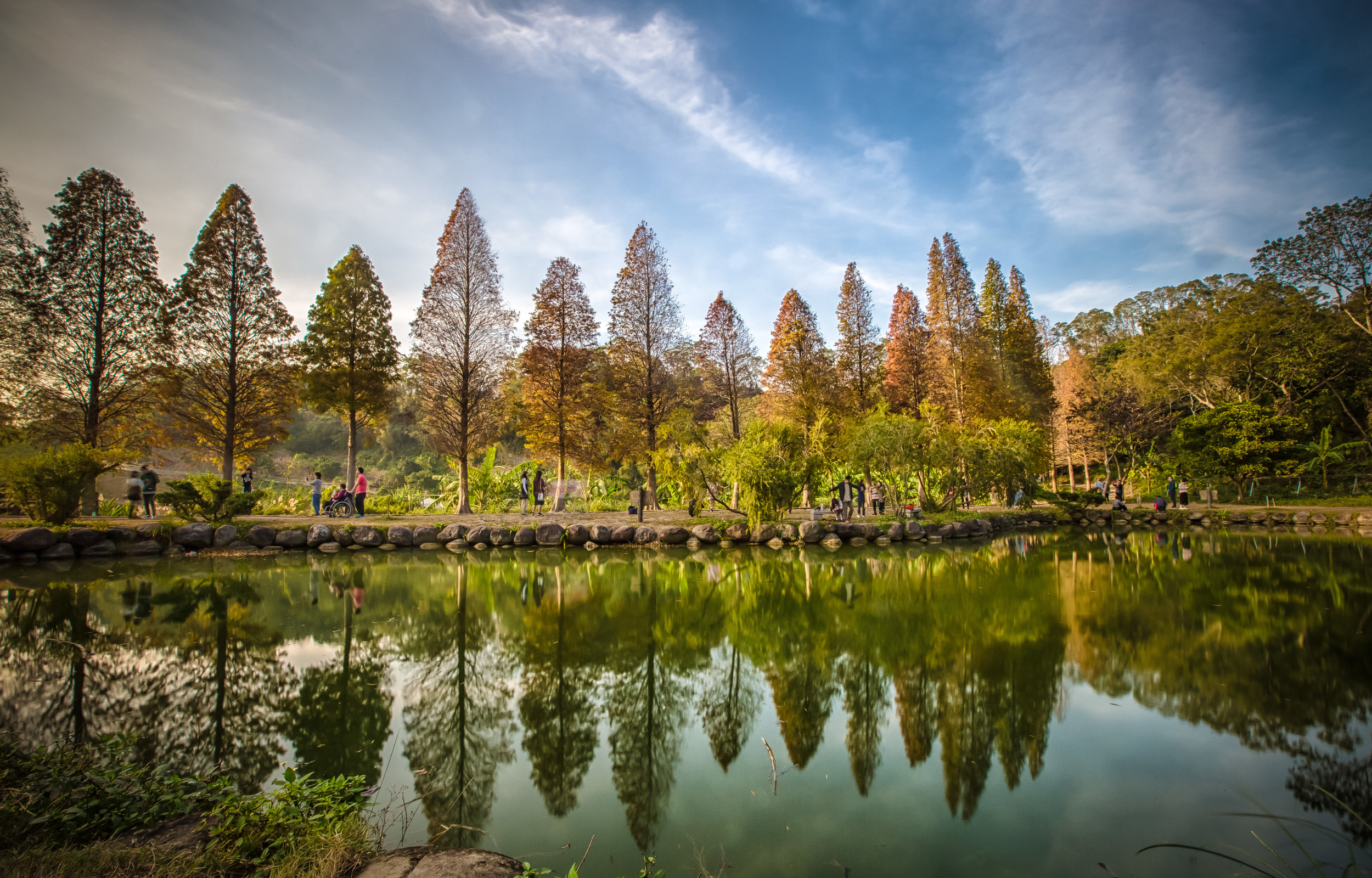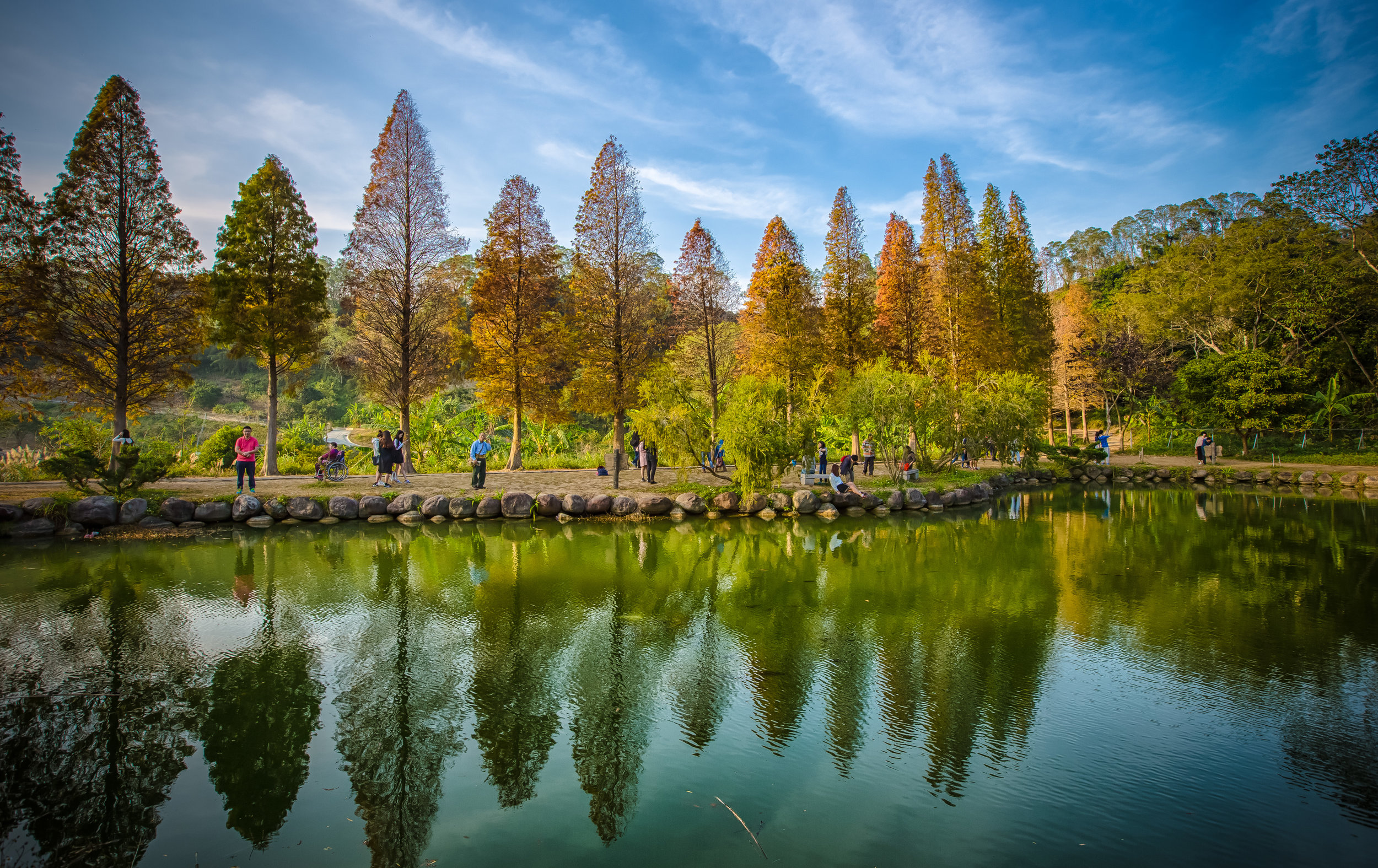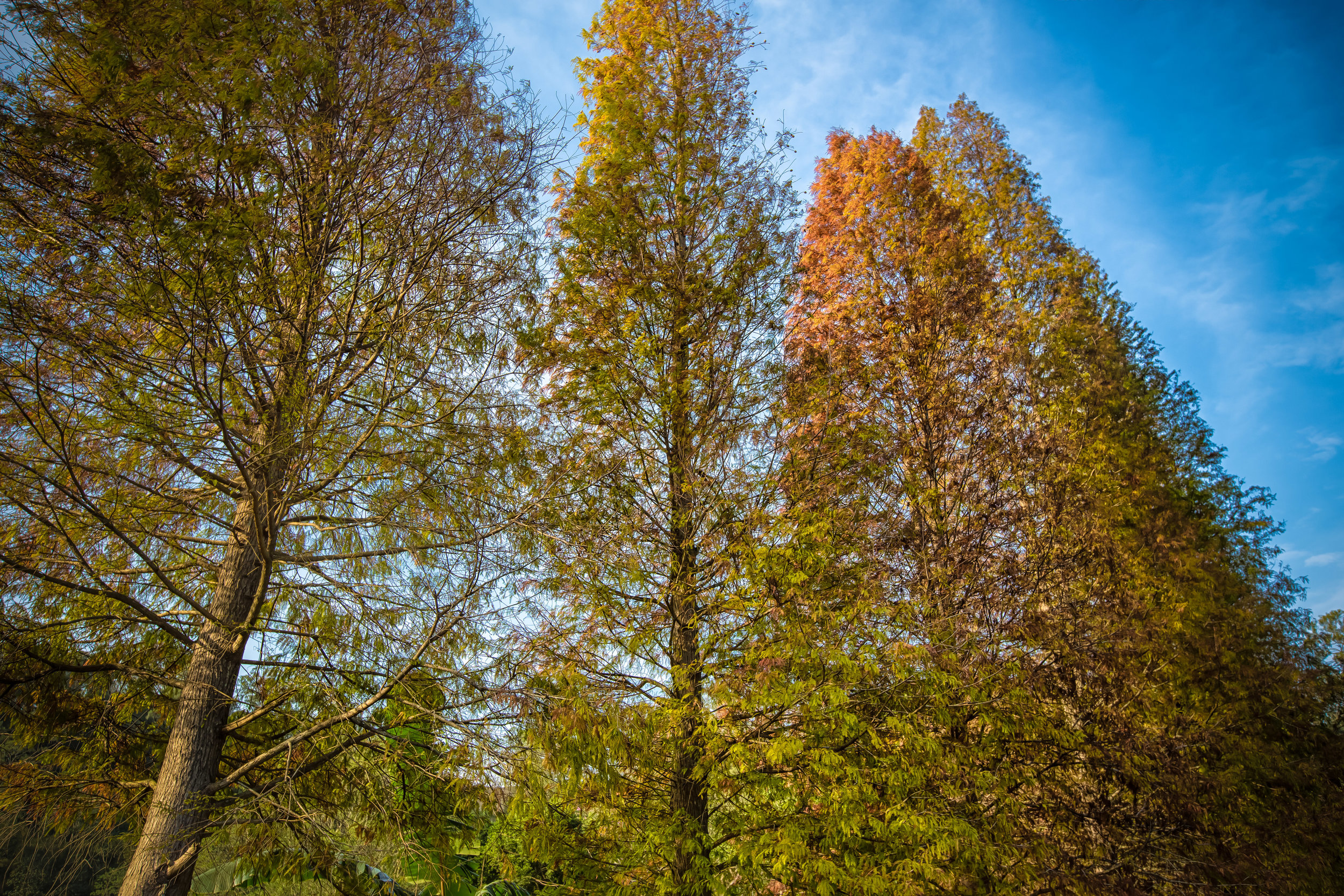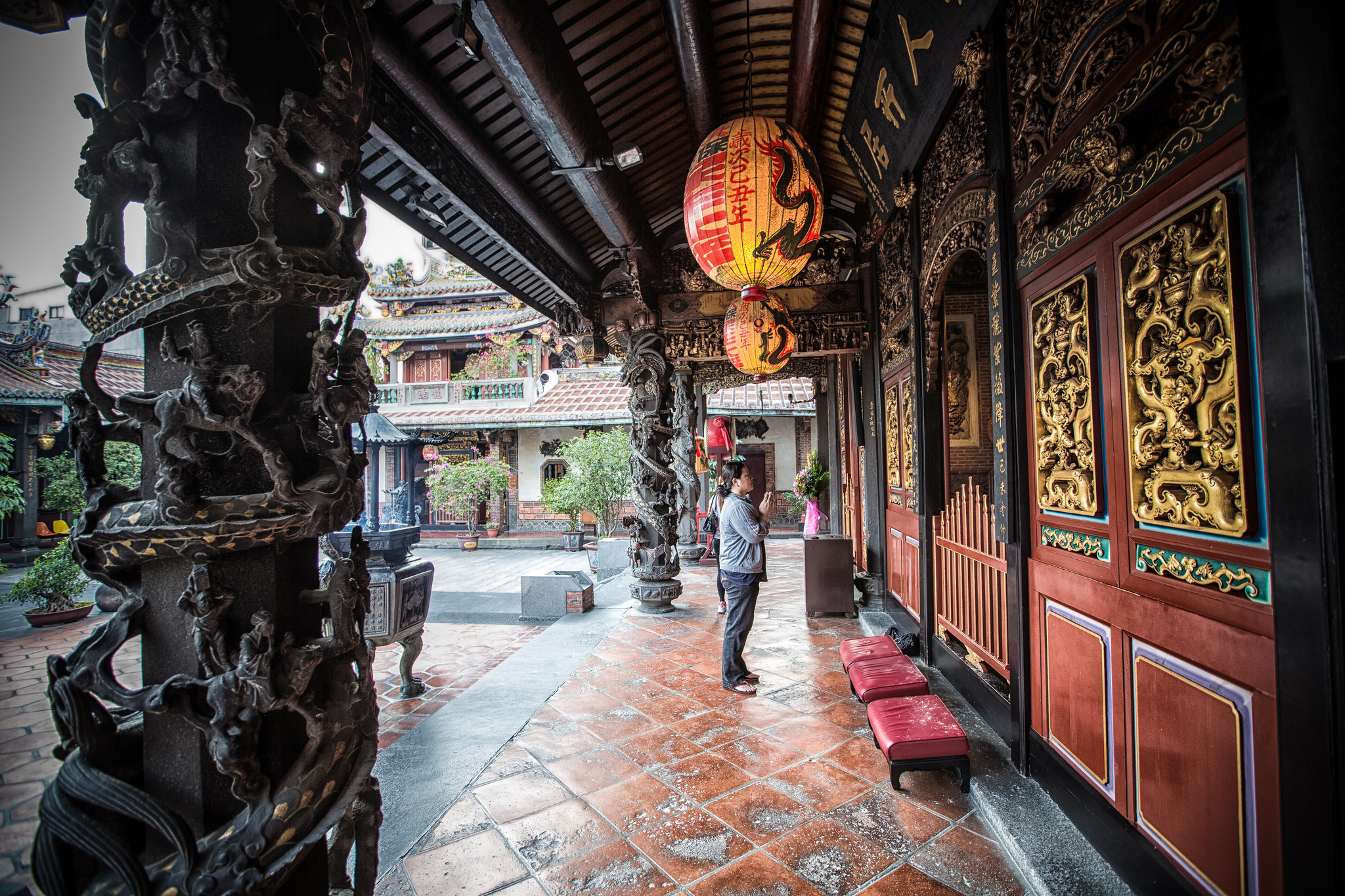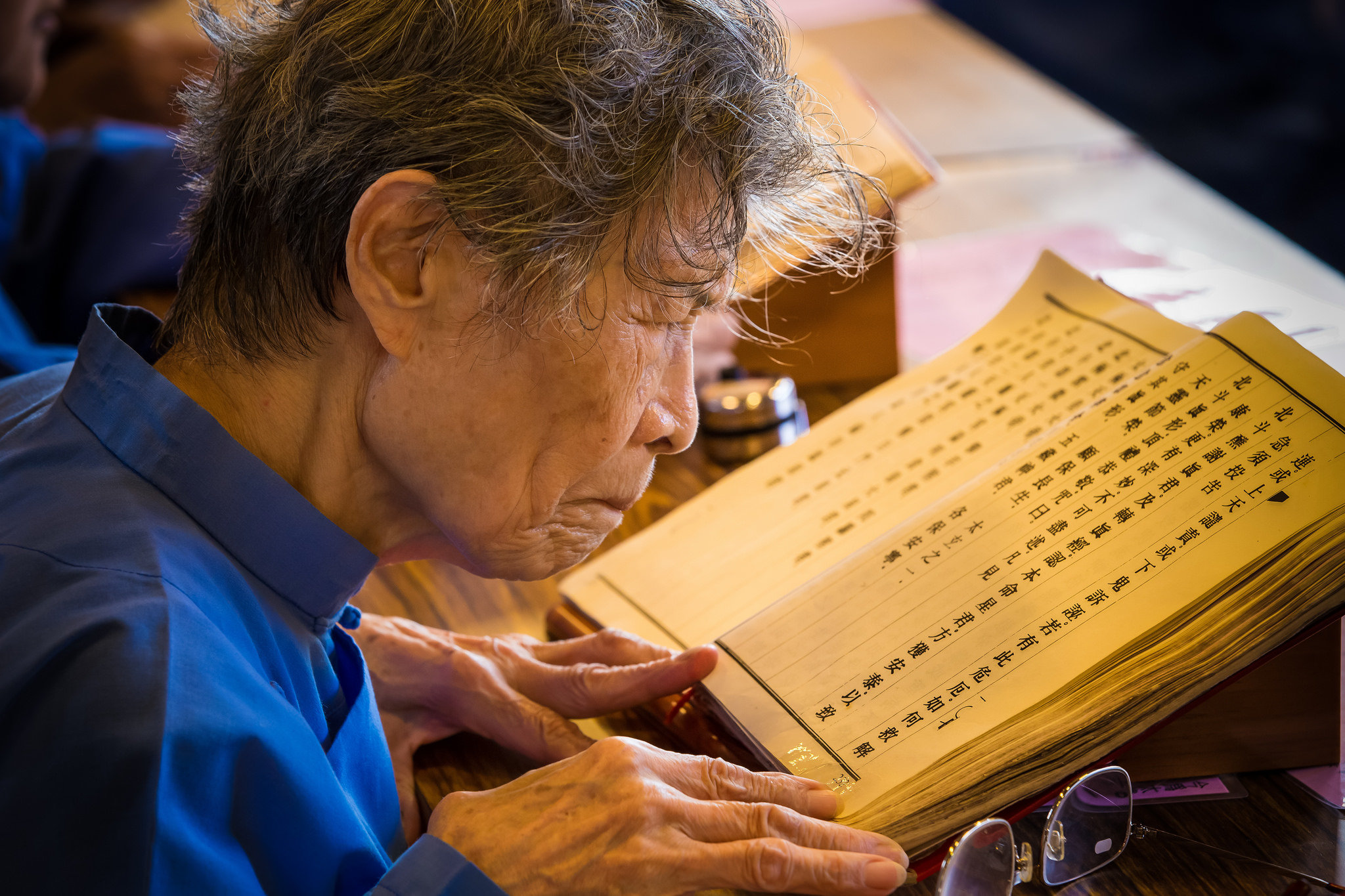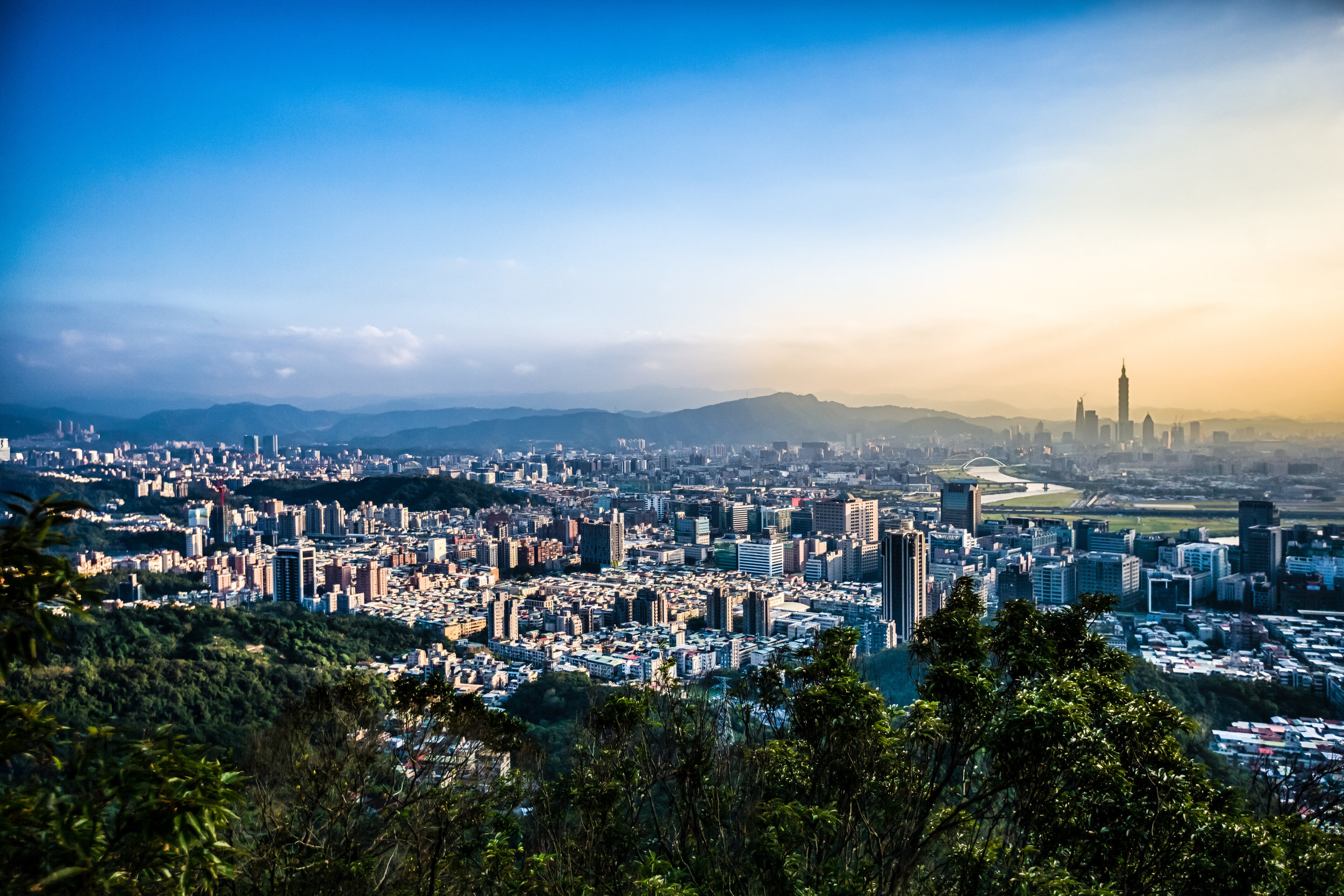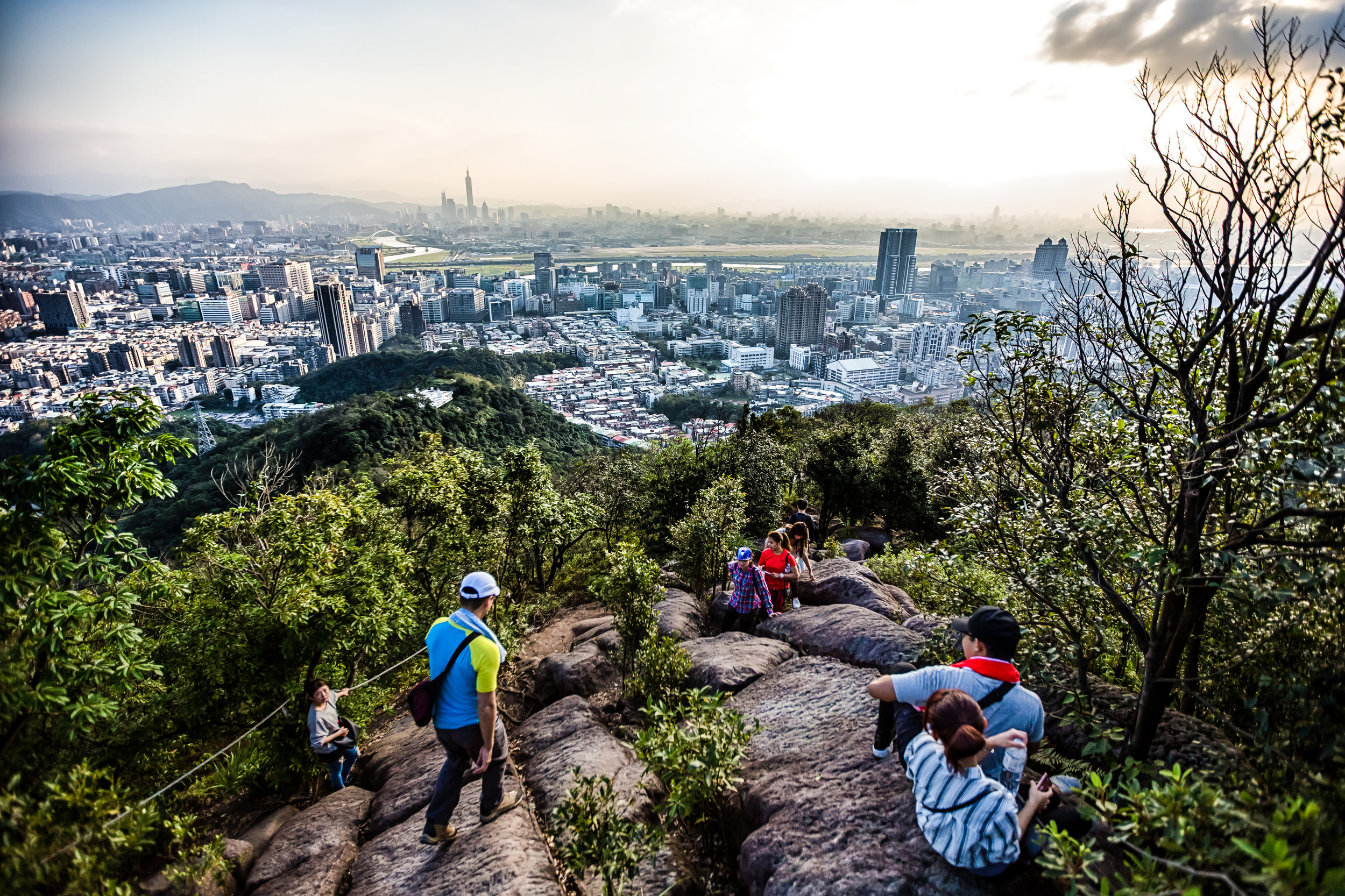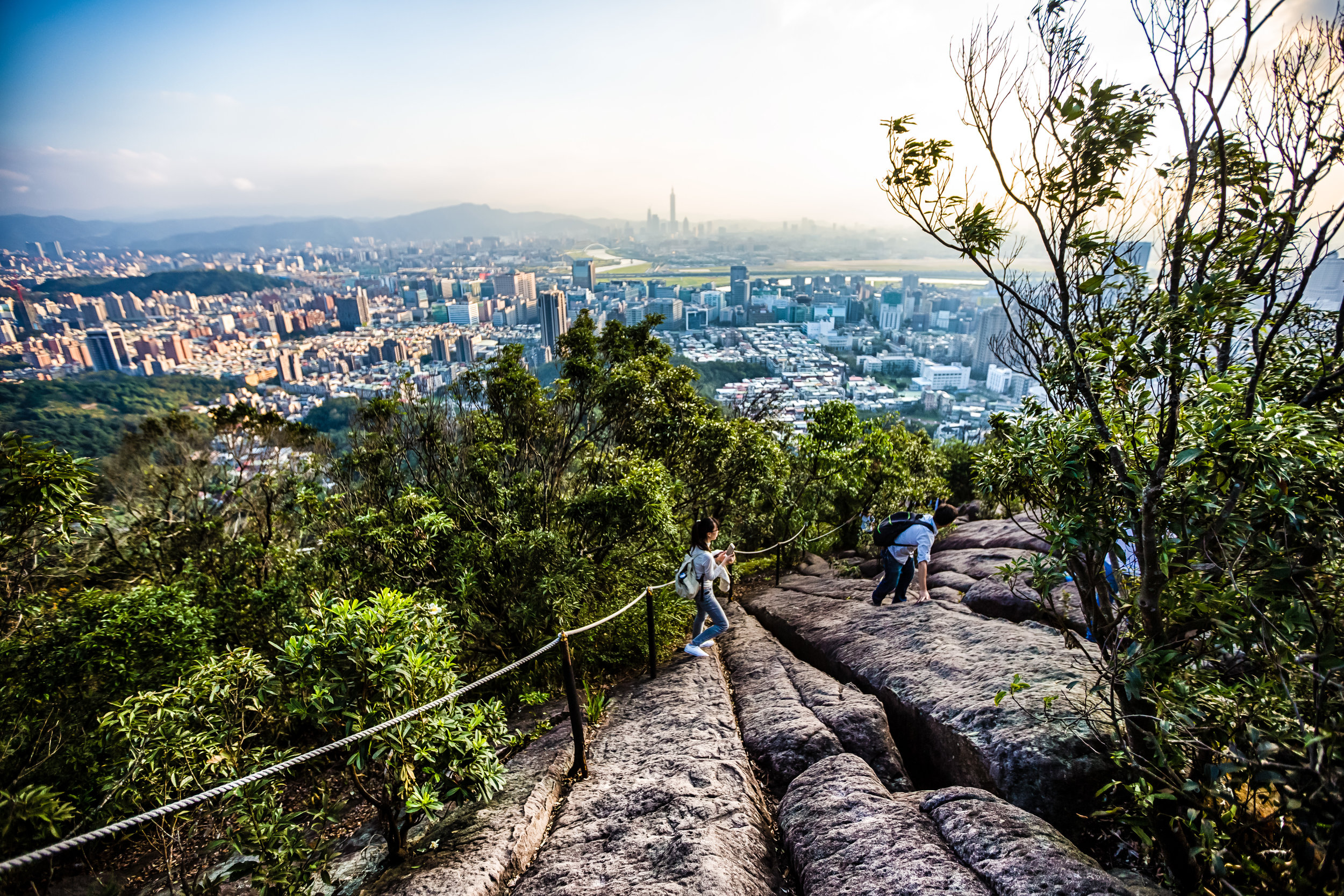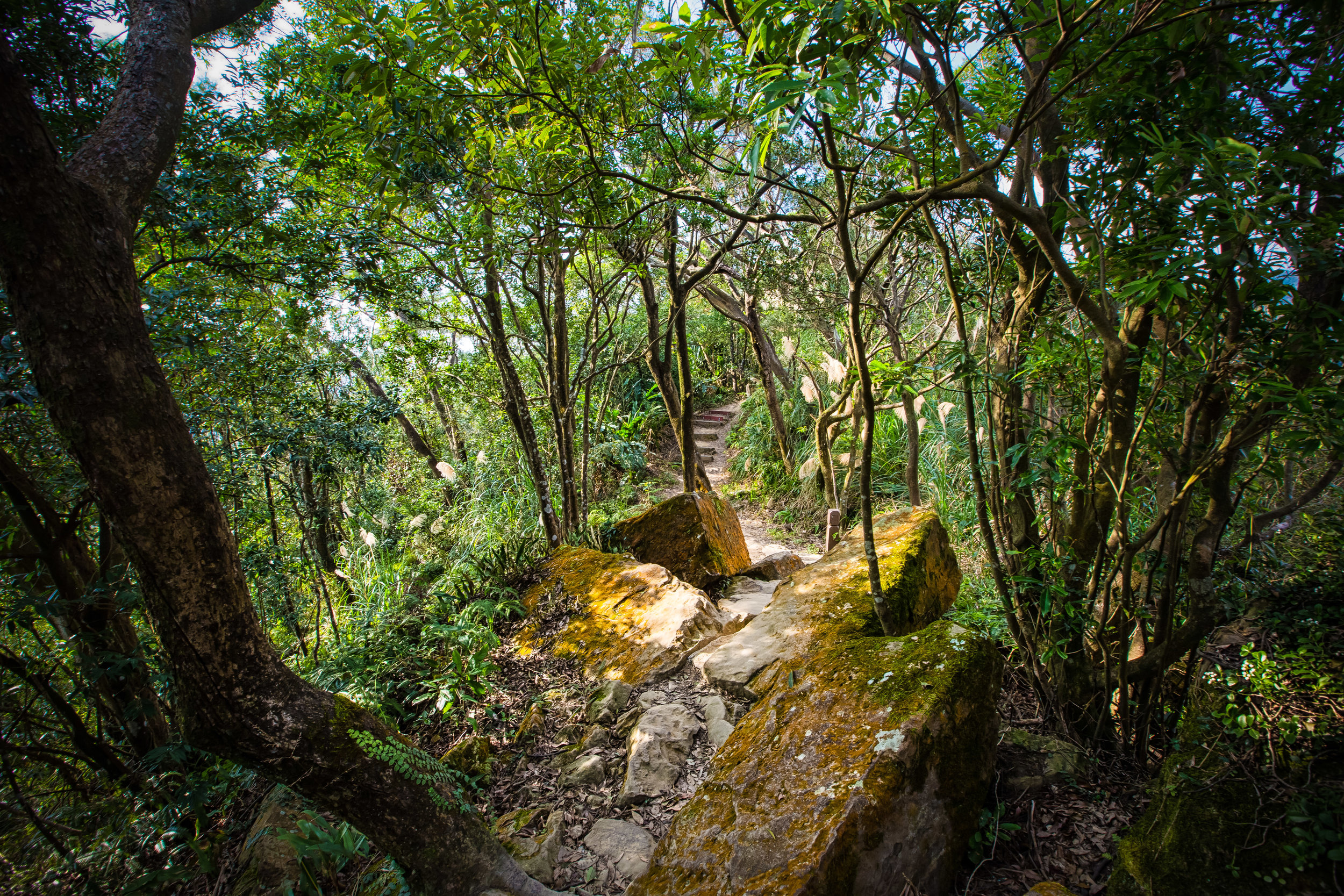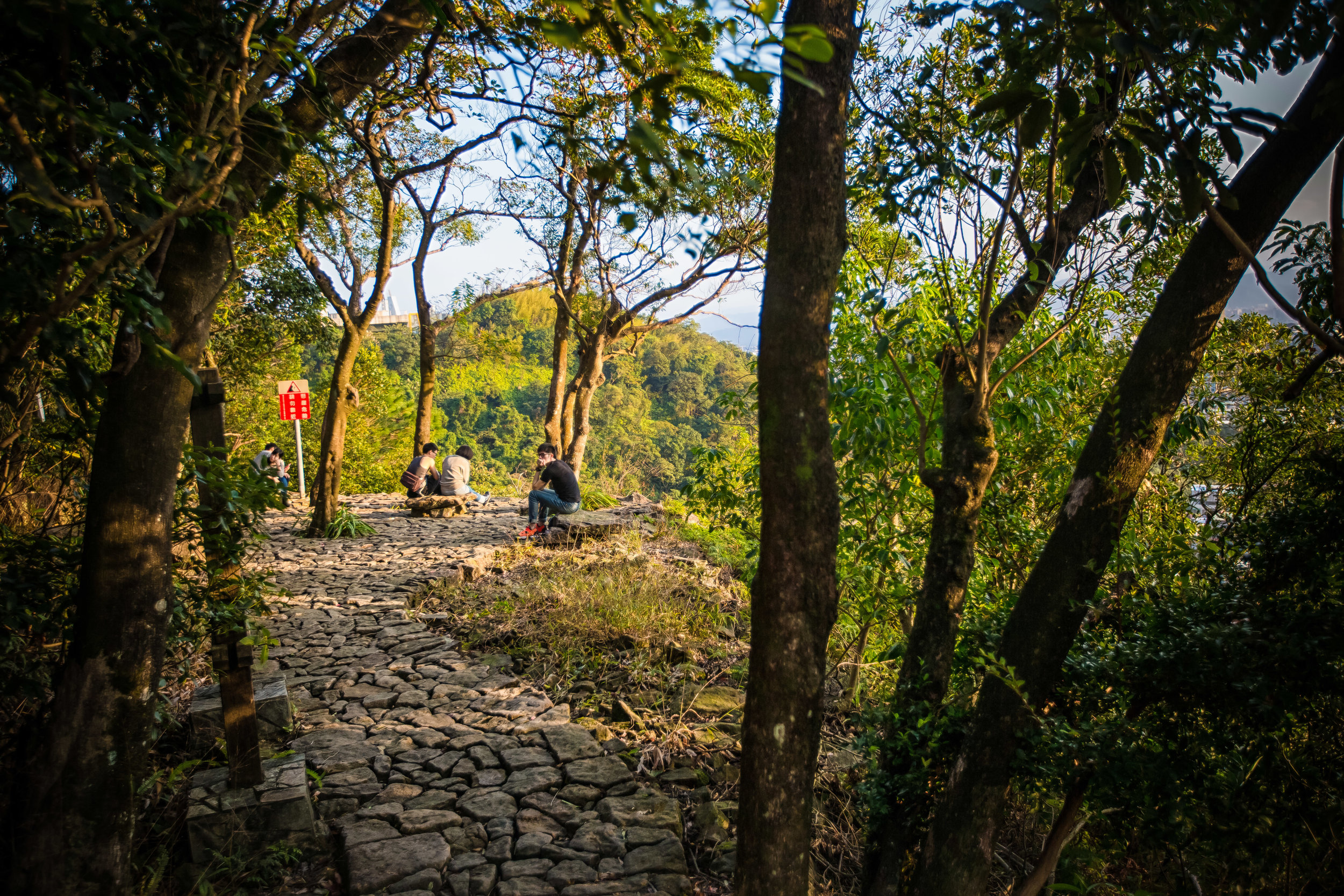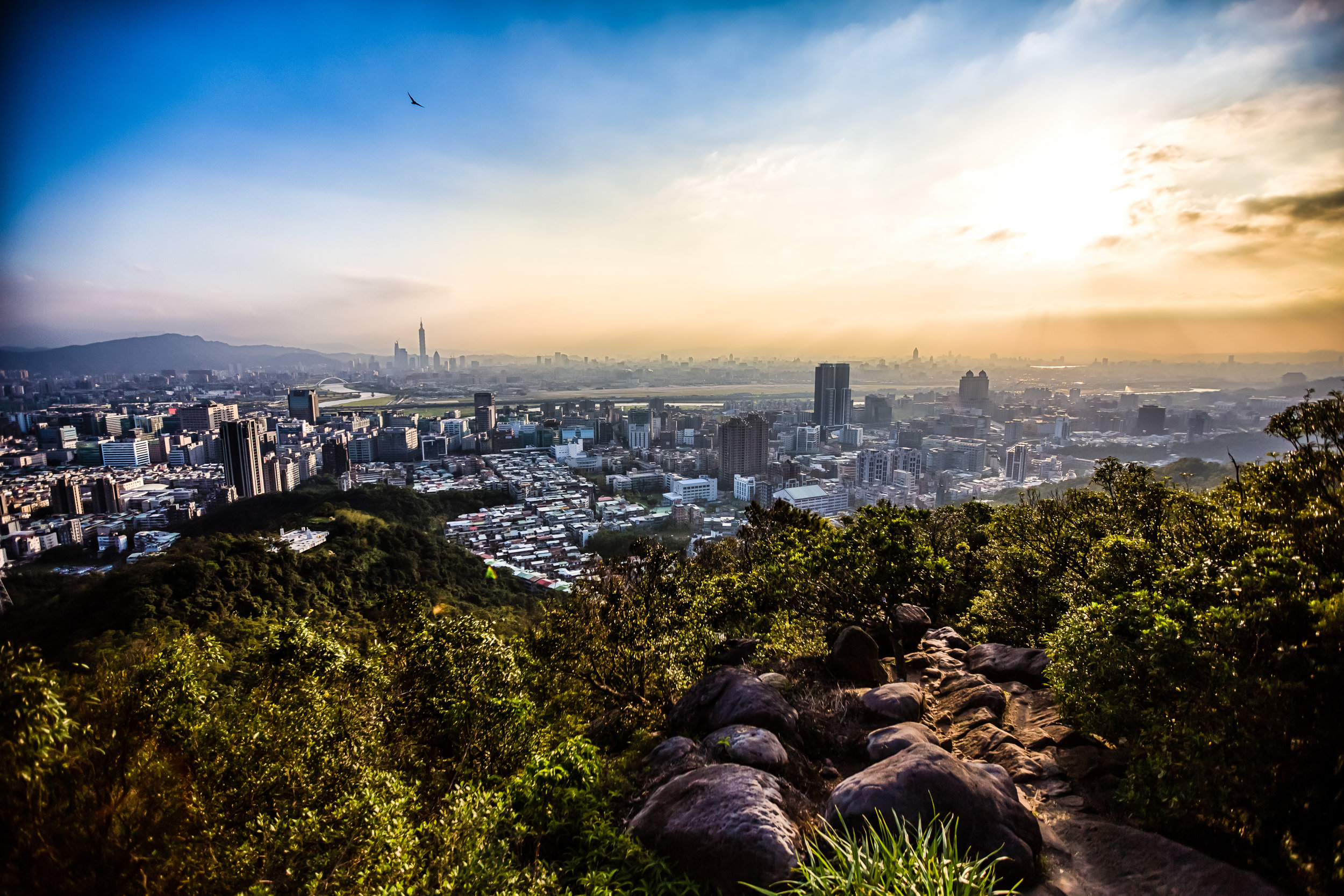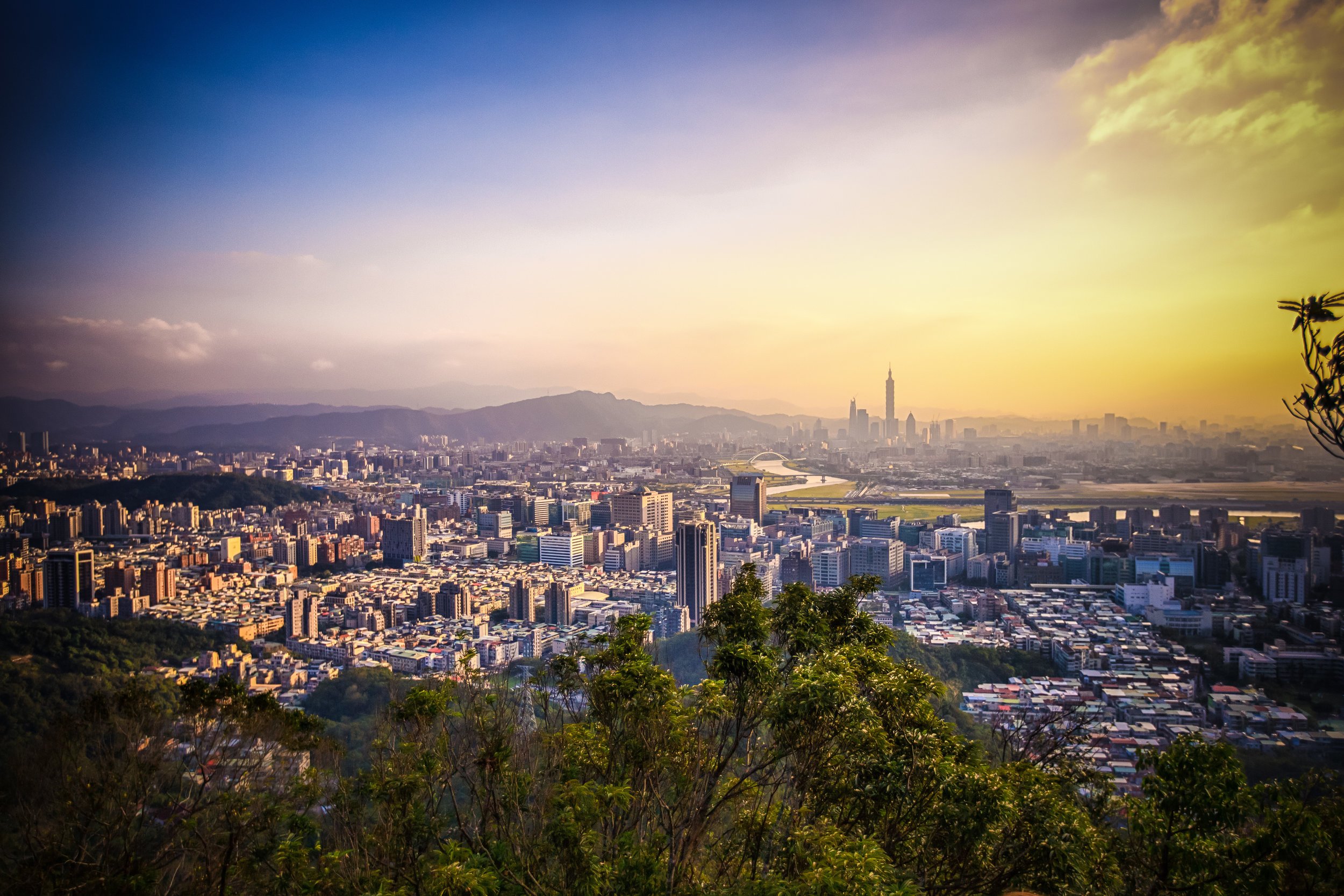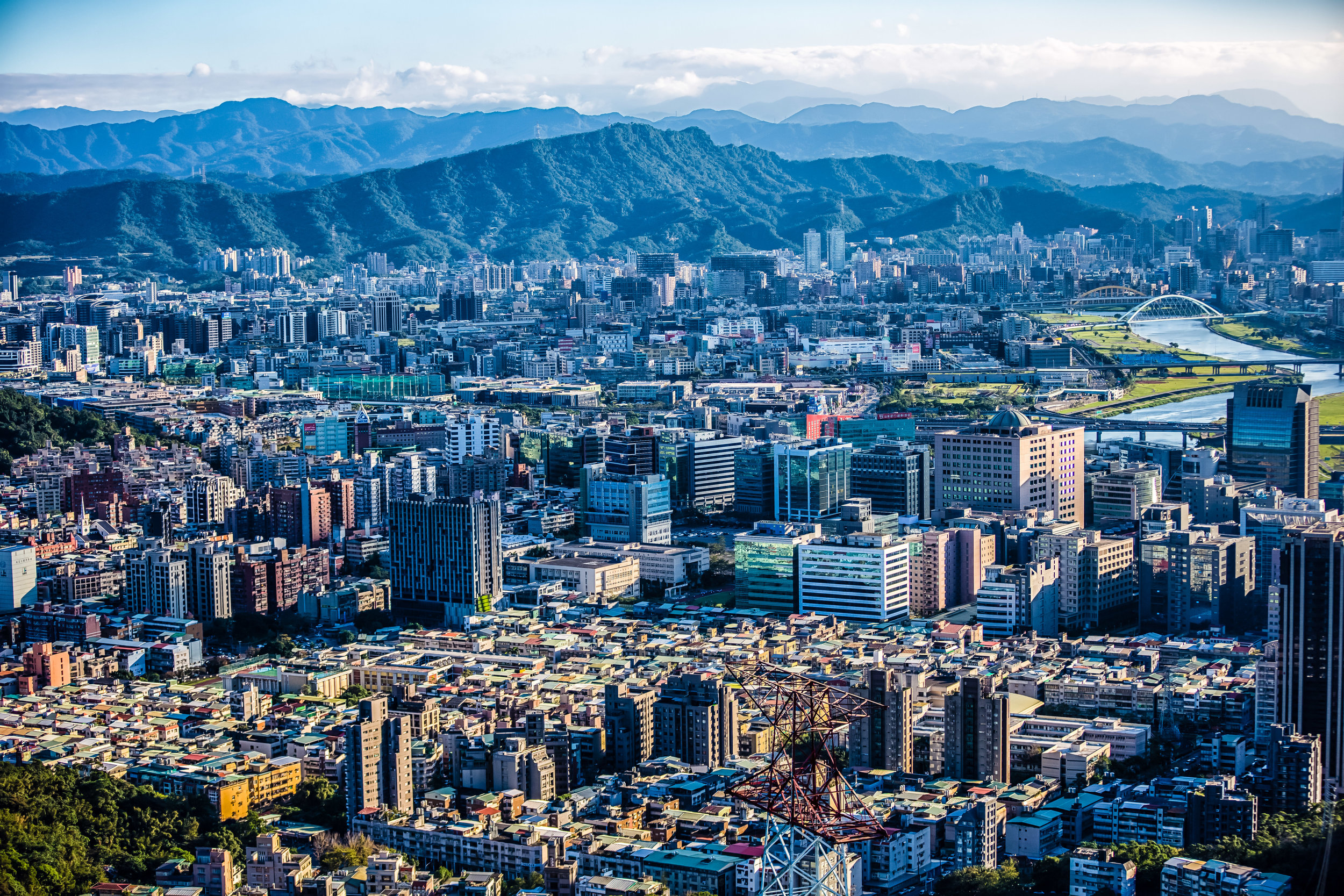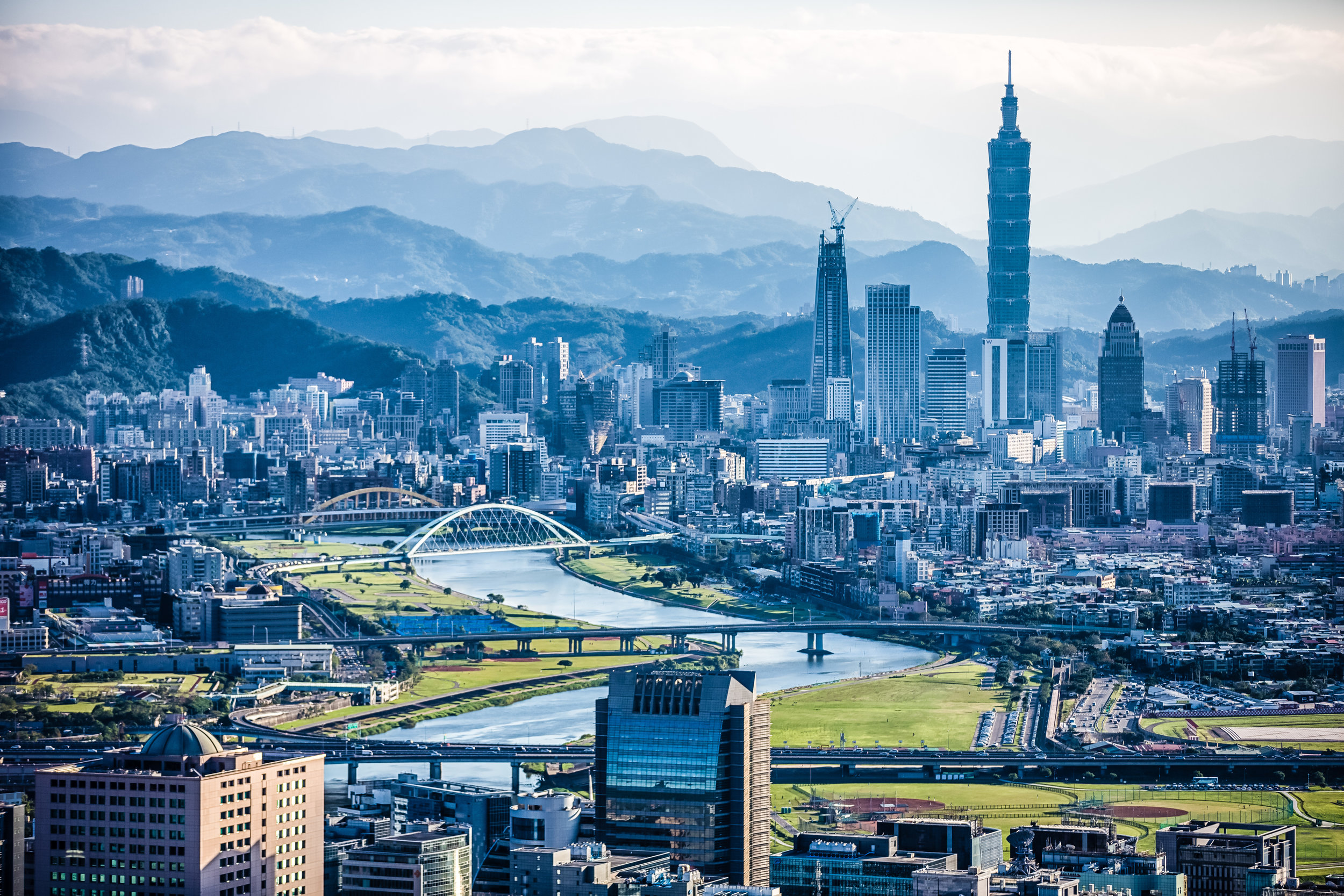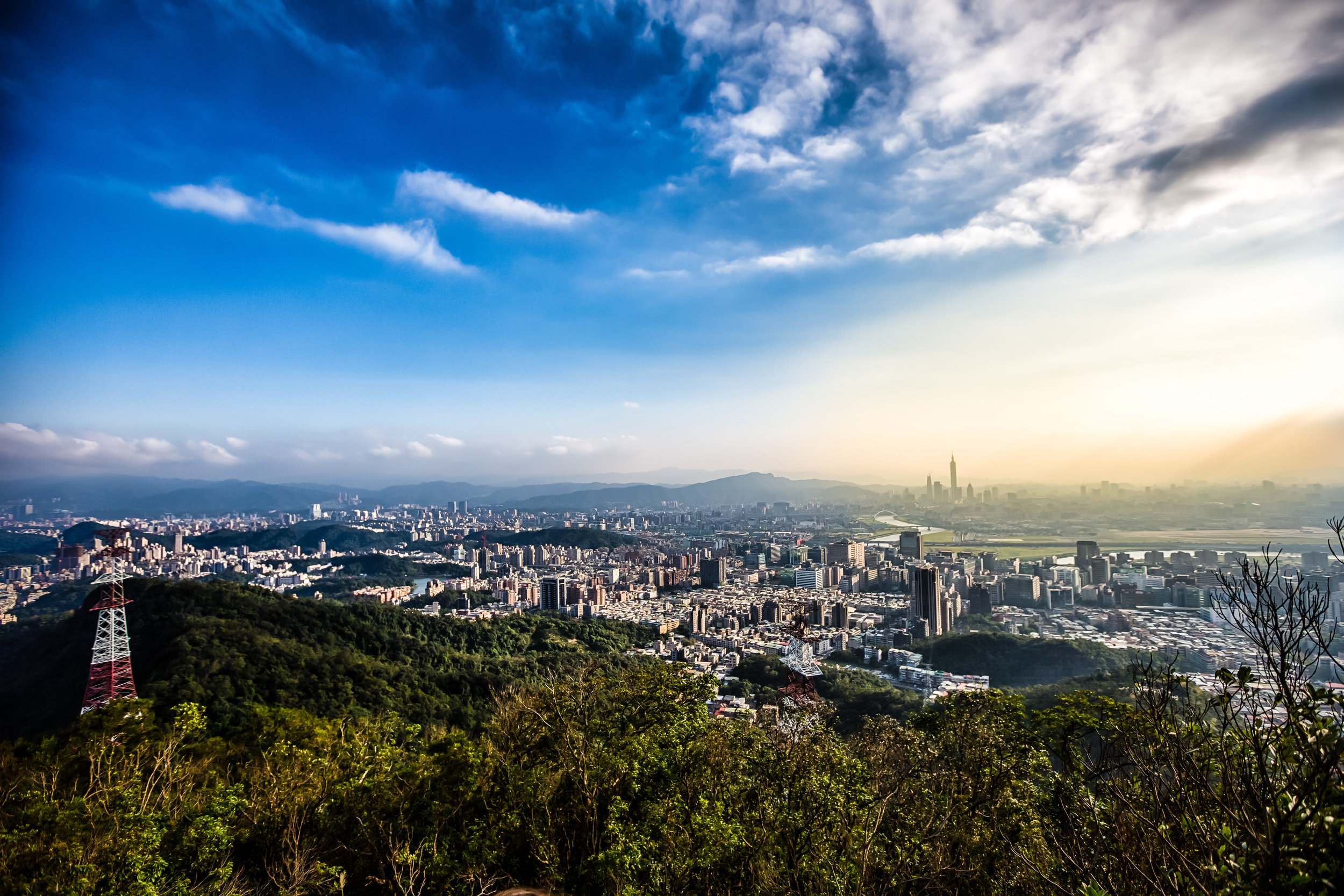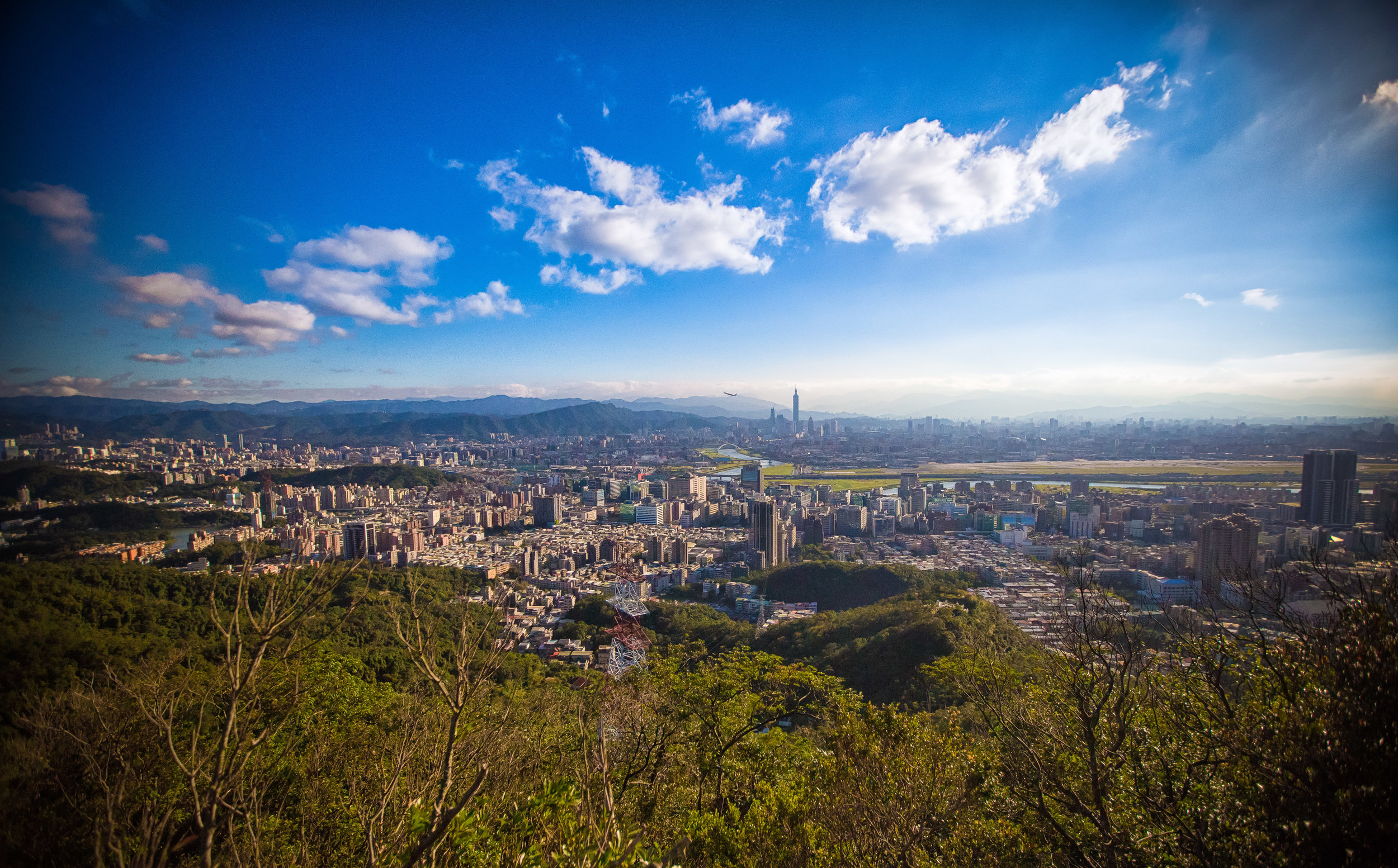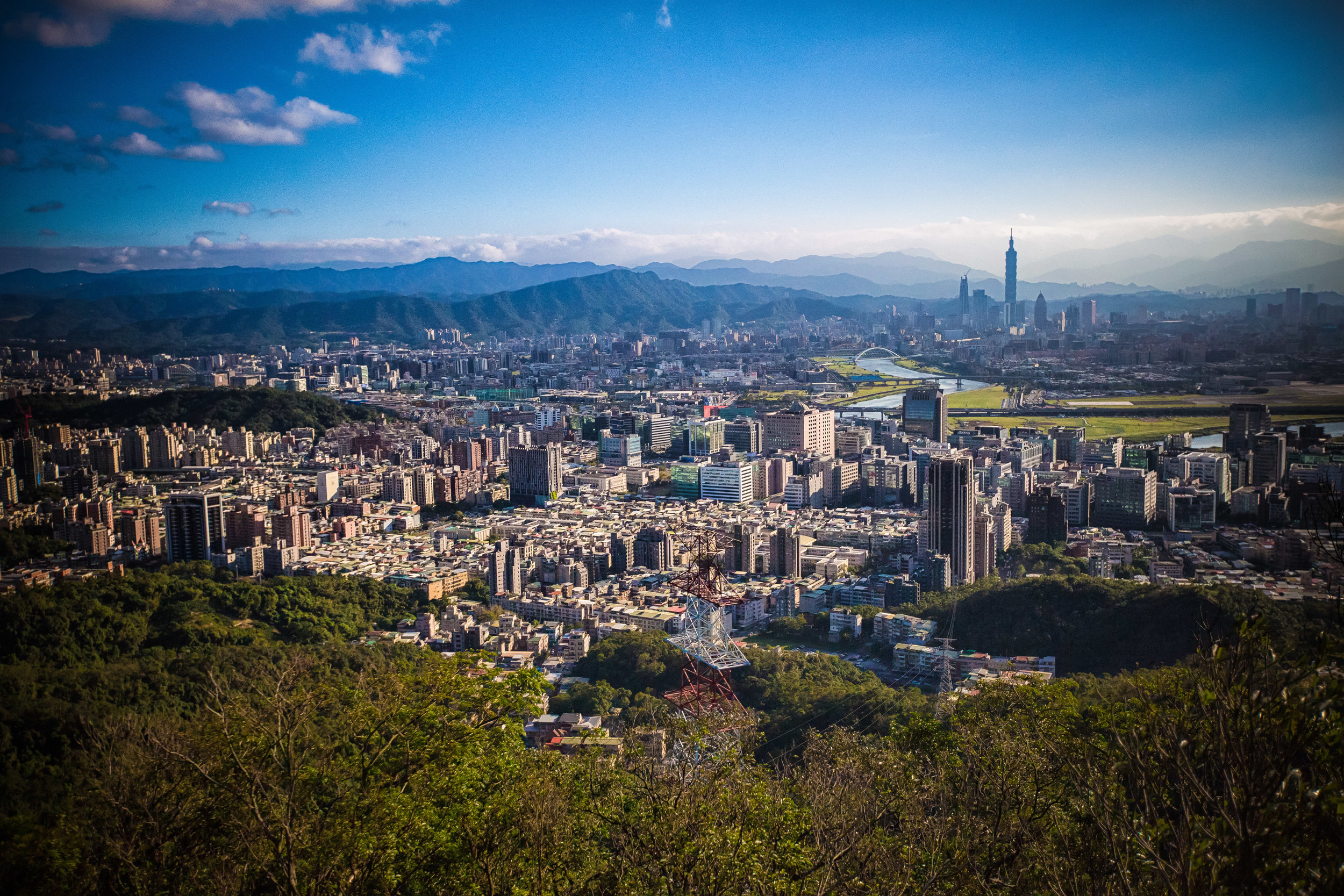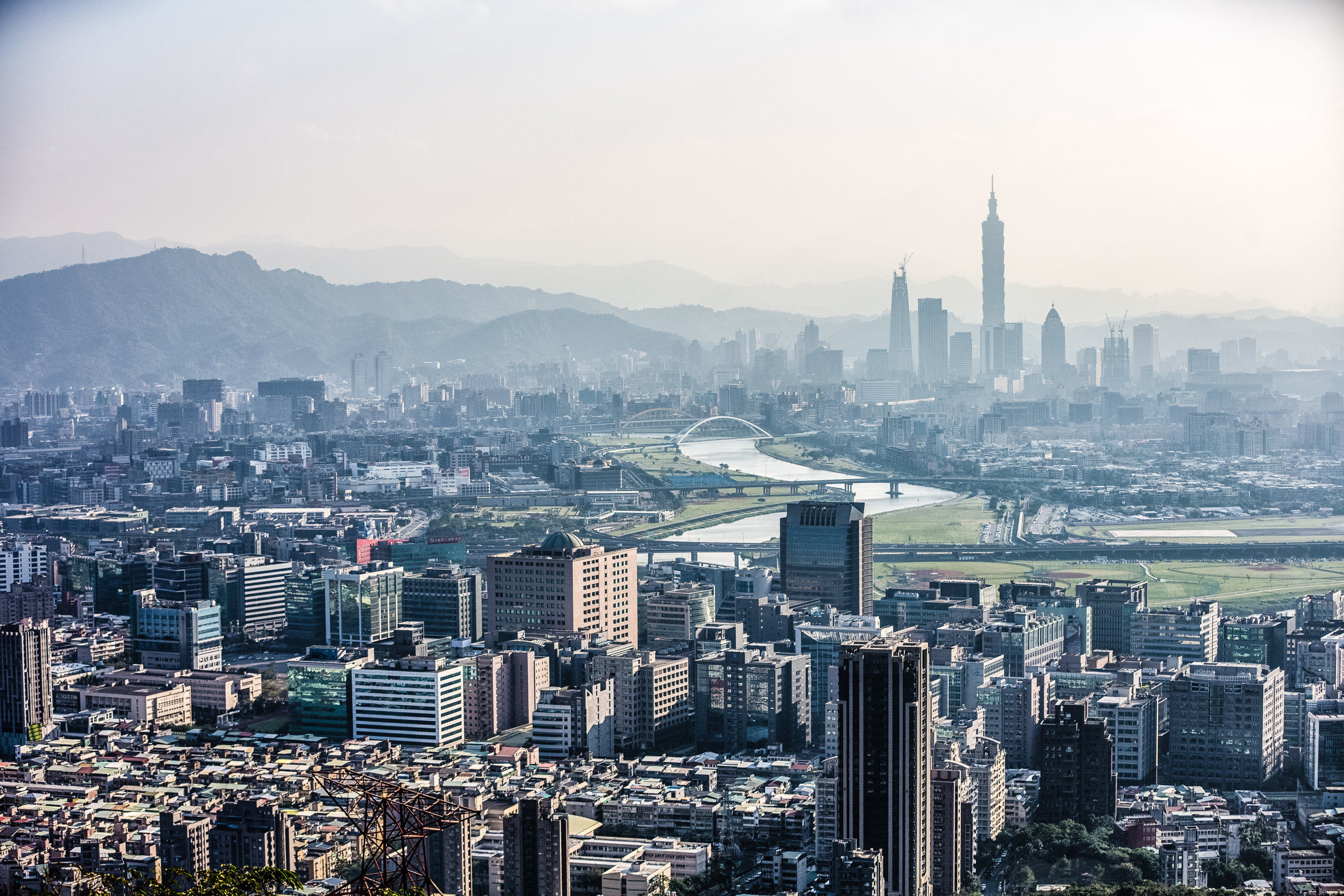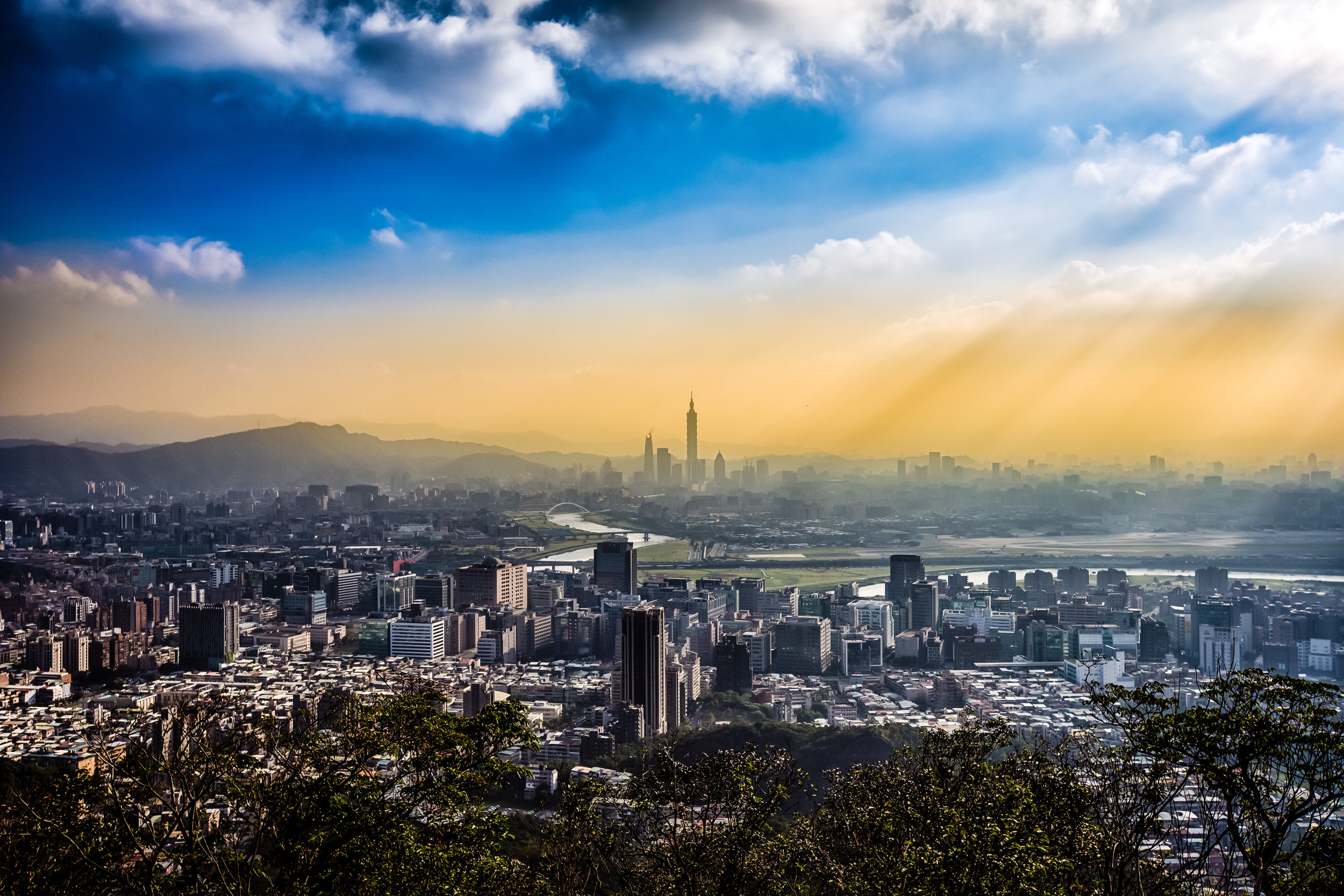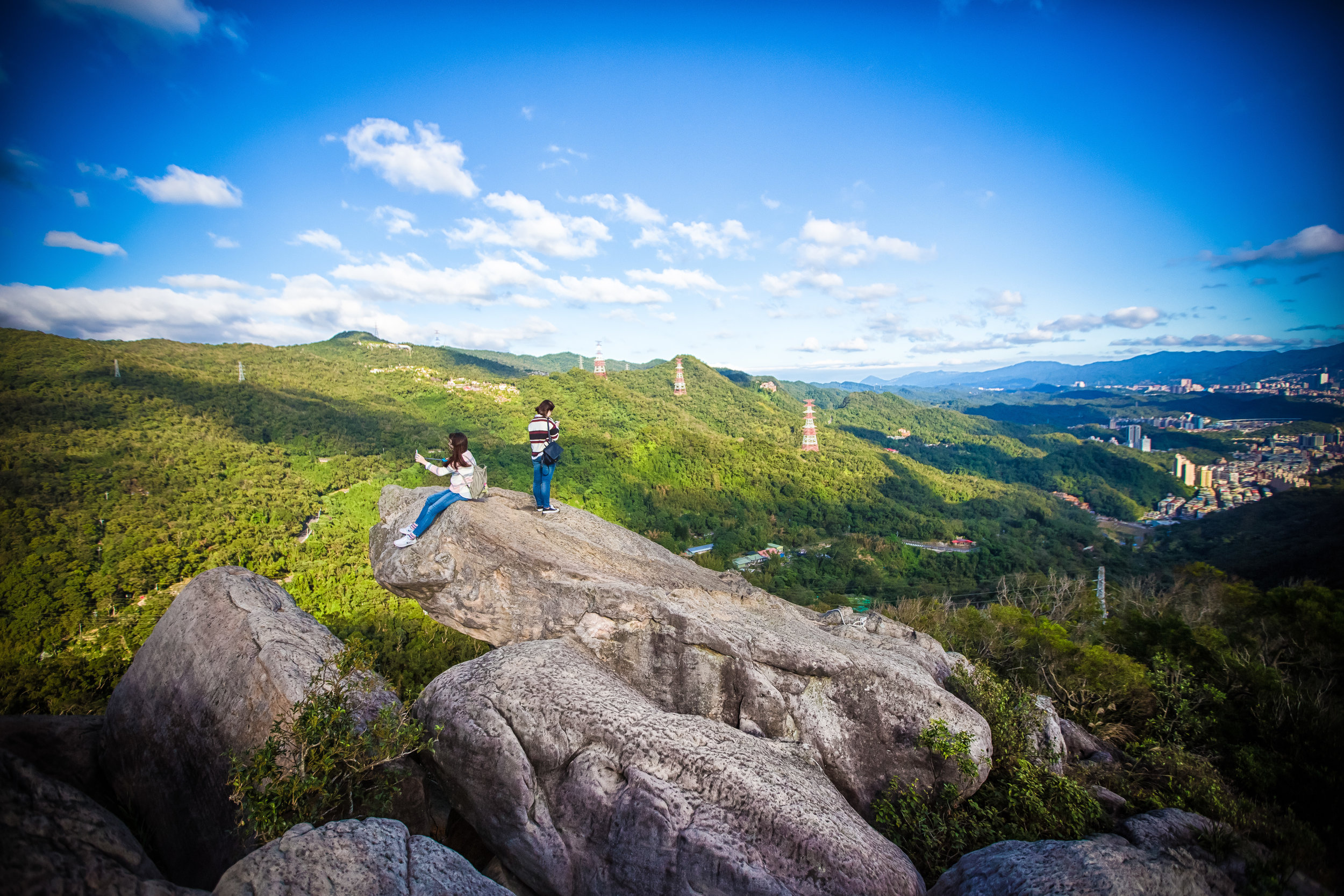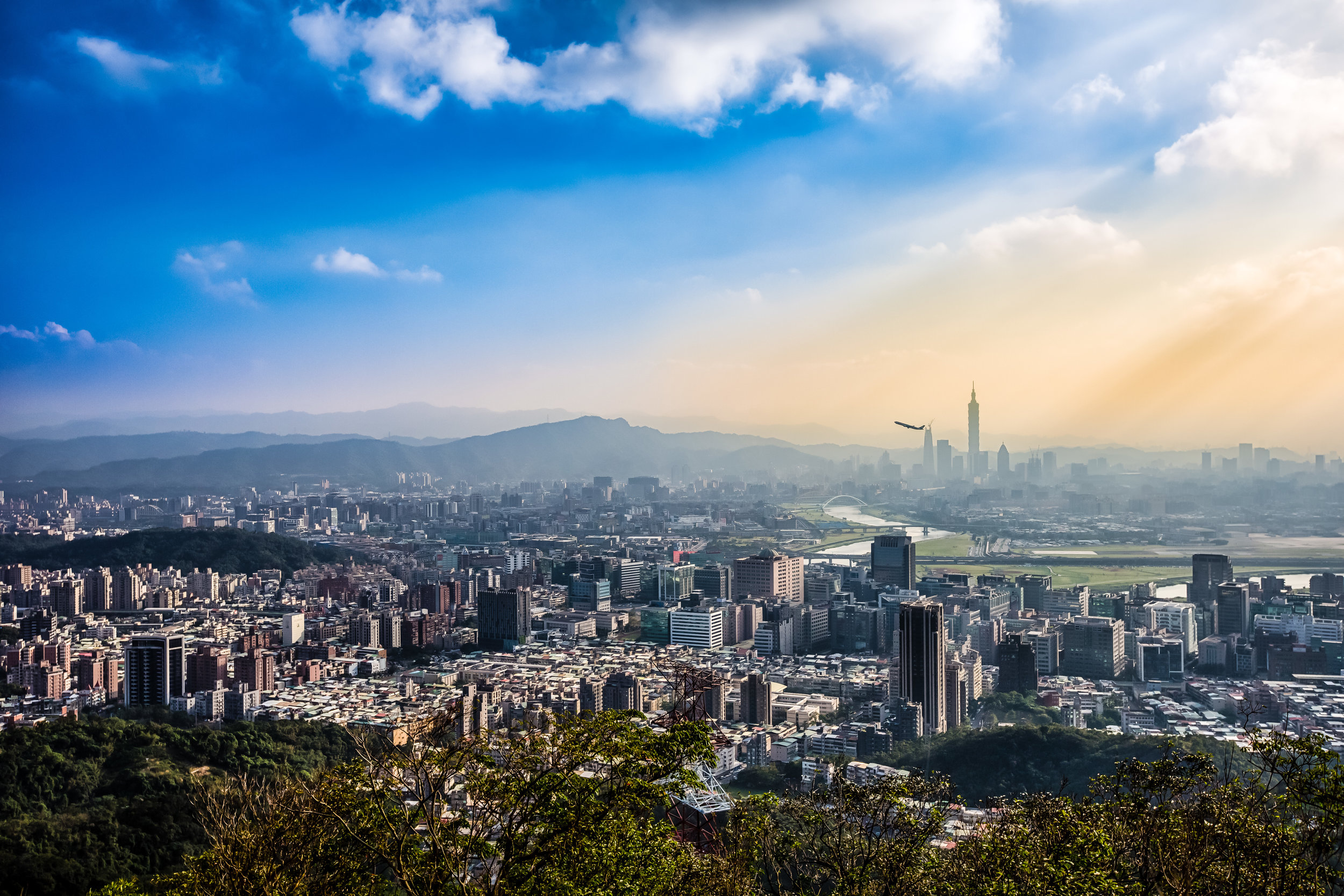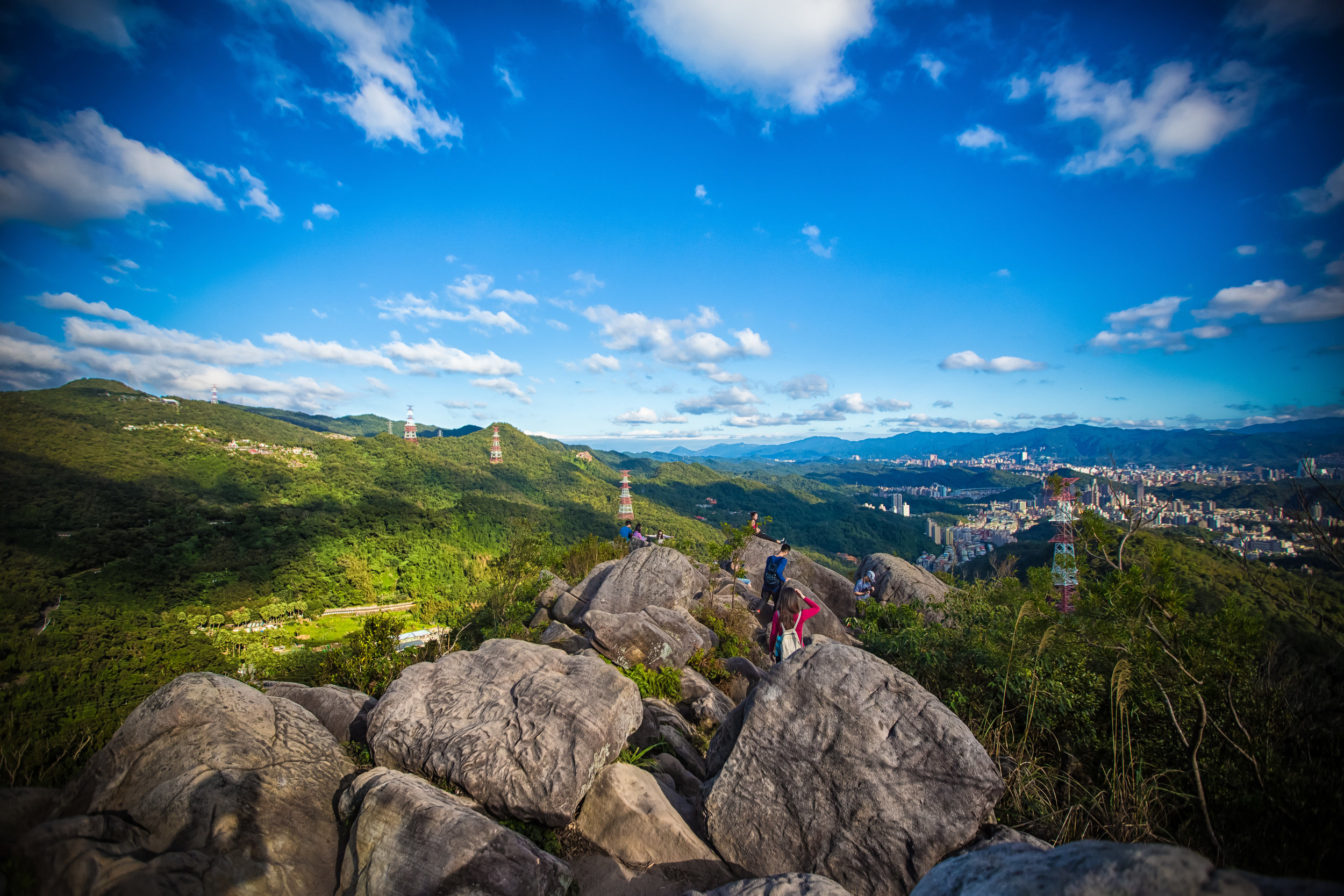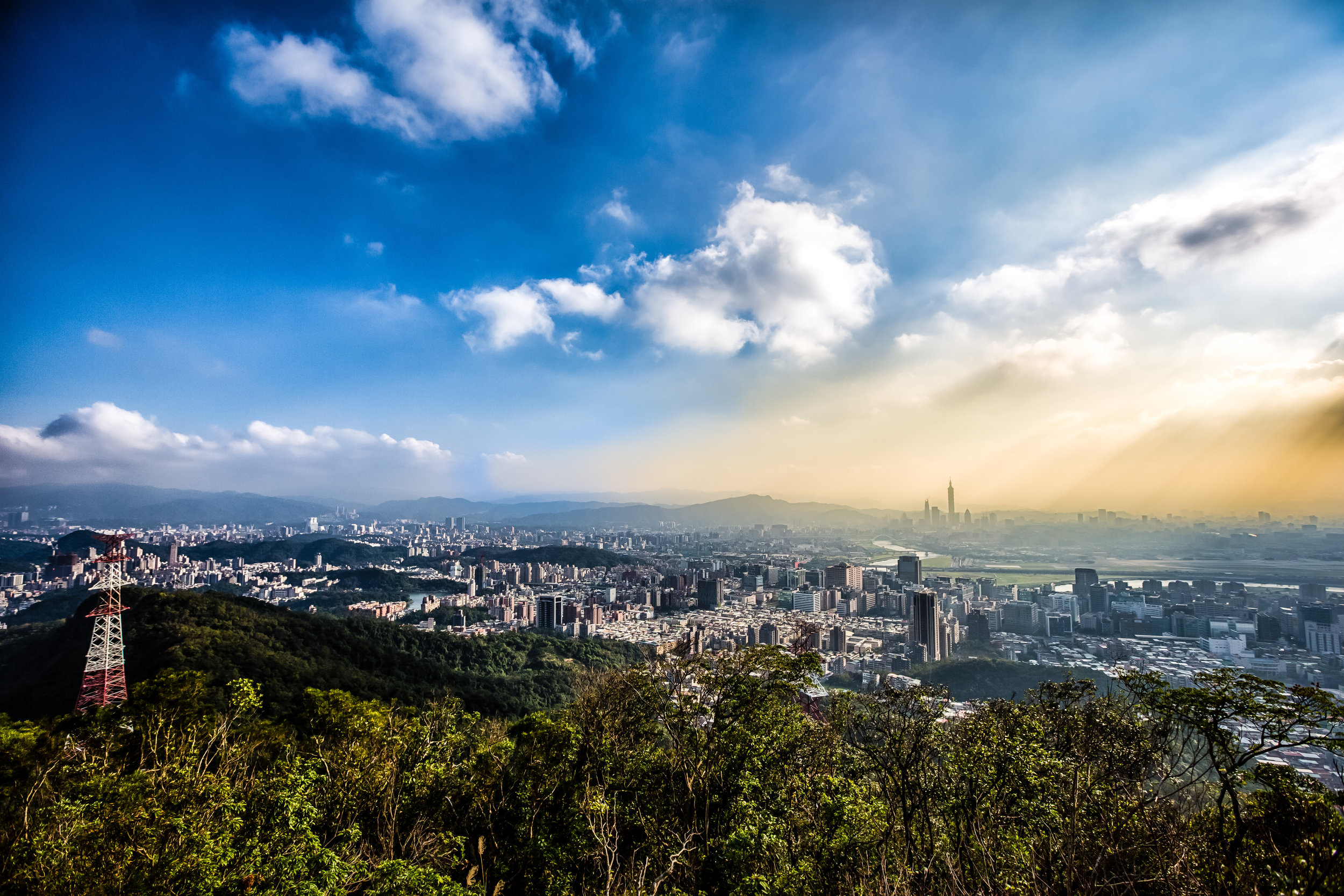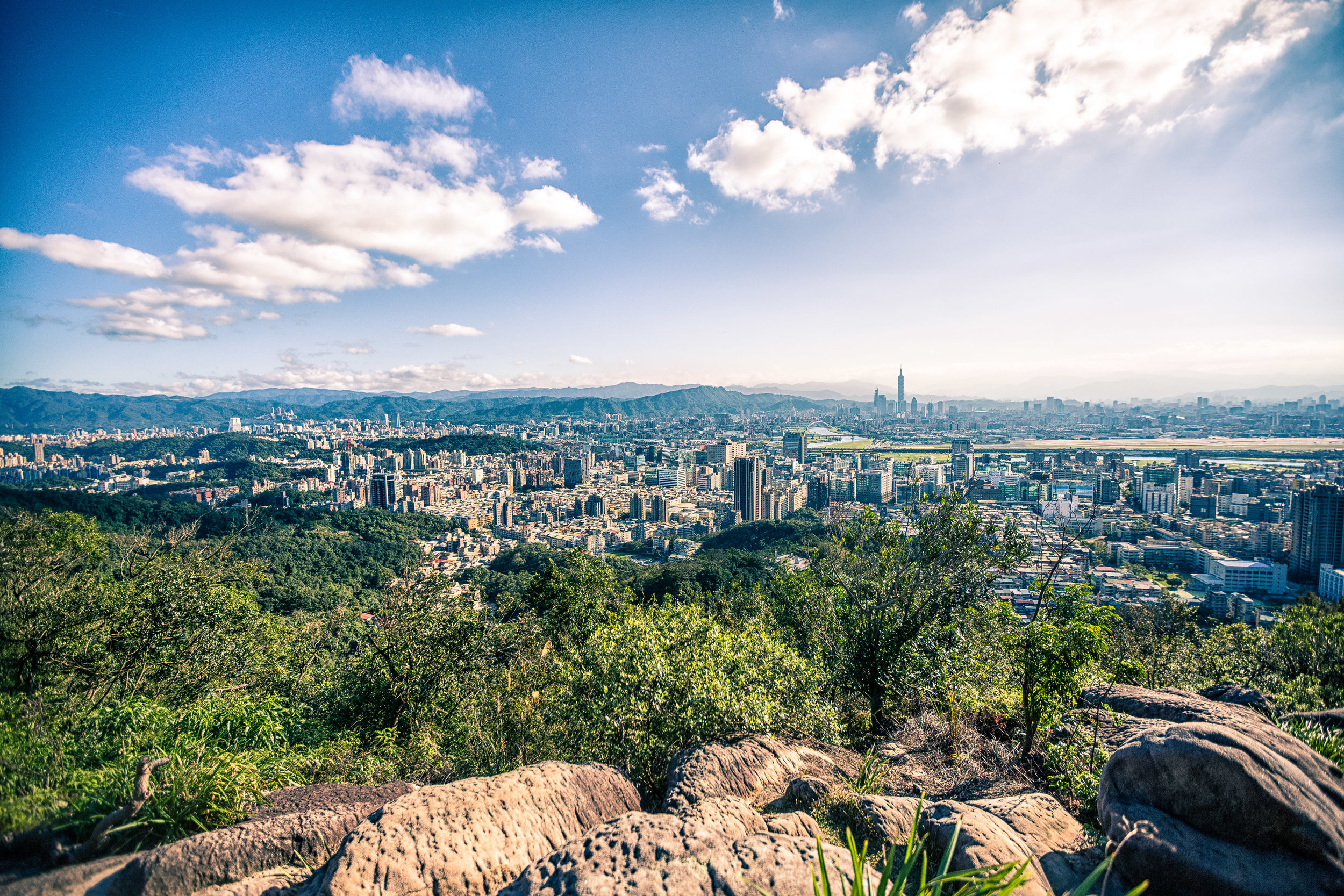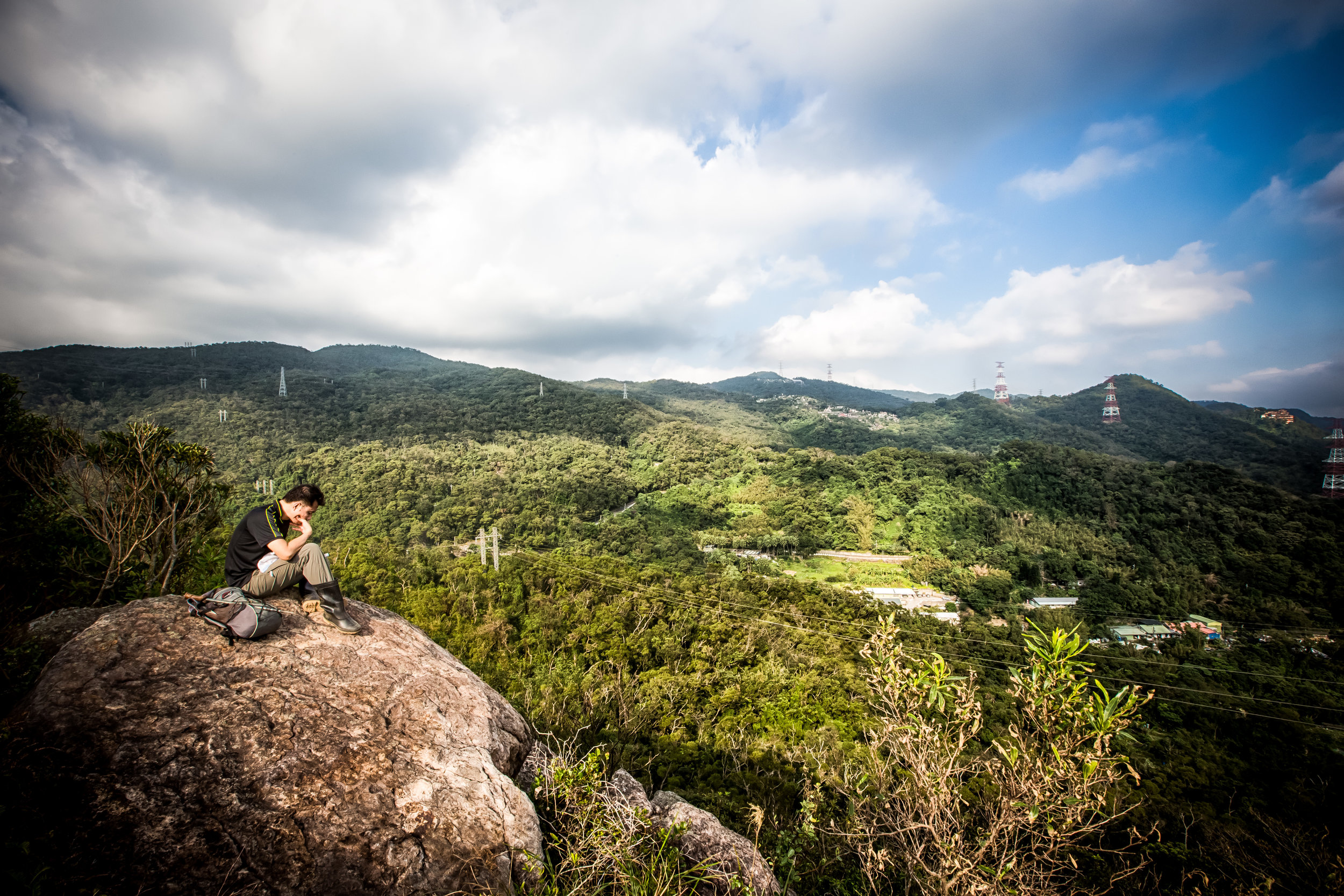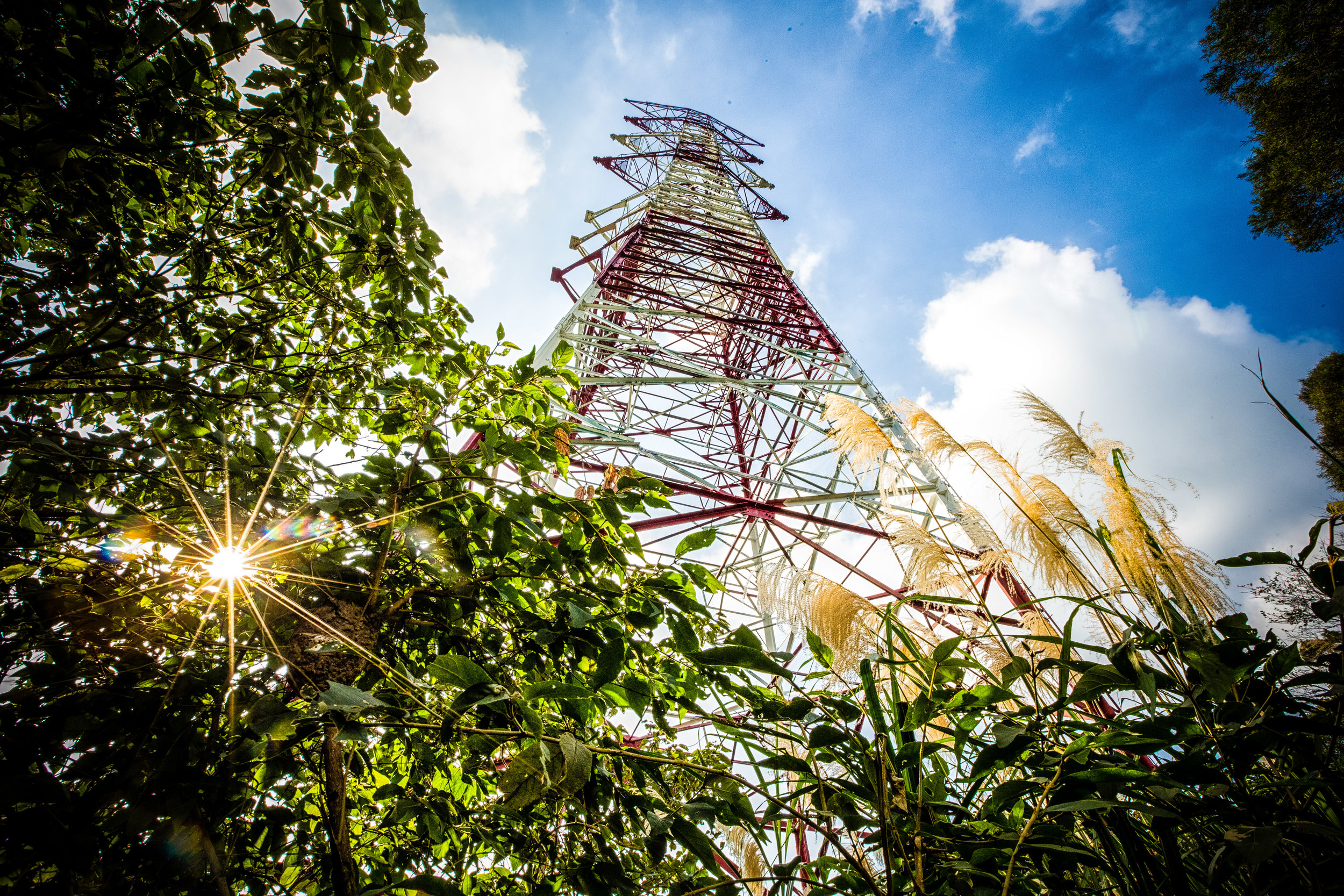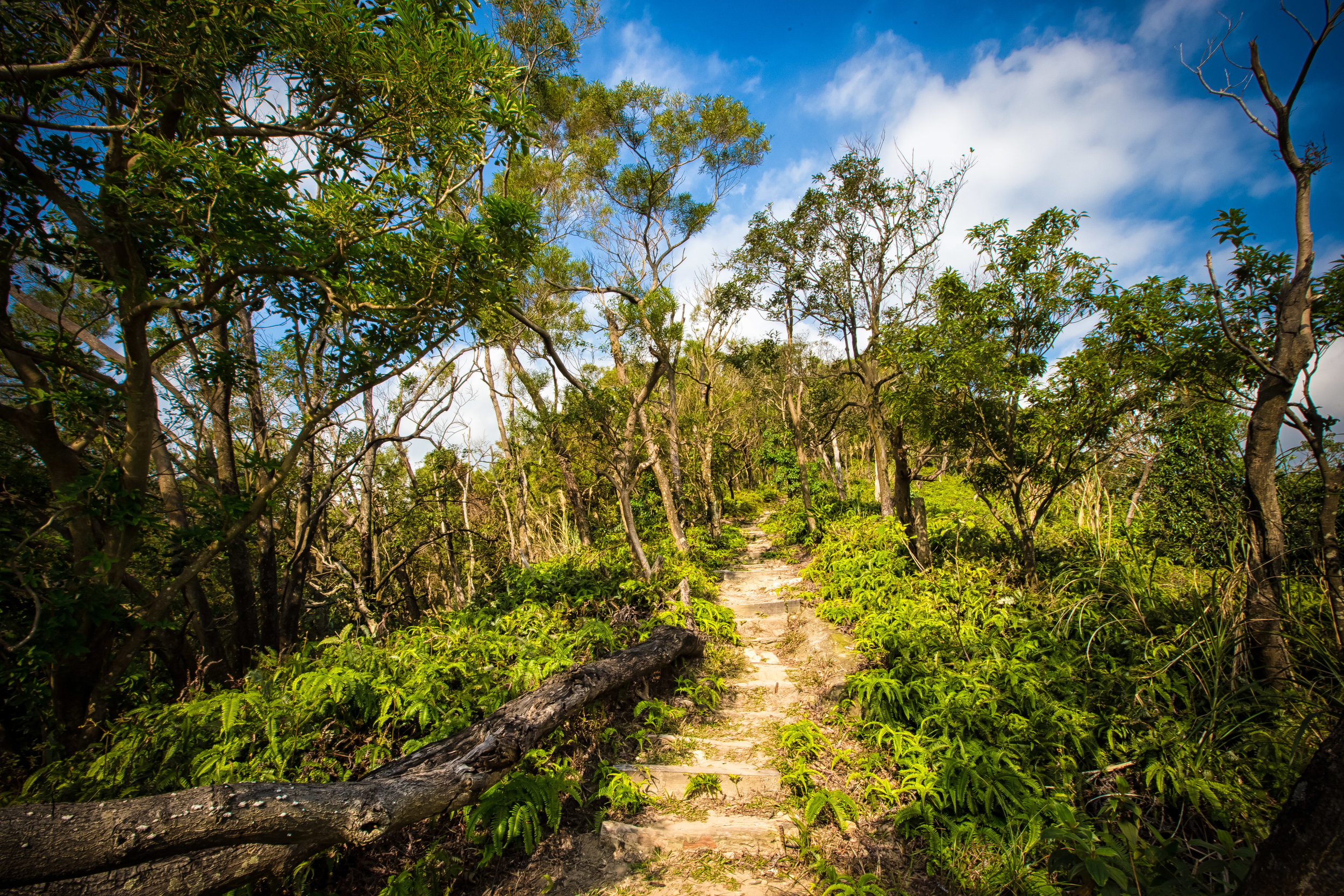Autumn in Canada is one of the most picturesque times of the year where the forests change colours and the leaves start to fall to the ground. In my home province of Nova Scotia on Canada's east coast nature puts on a spectacular show that makes me feel a bit nostalgic when I see friends and family posting photos of the beautiful landscape.
Here in Taiwan trees change colour as well but not to the same extent as back home - The most enjoyable difference between Taiwan and Canada however is the trees that bloom early in the year with cherry, plum and tong blossoms.
When Taiwan's blossoms start to bloom, Taiwanese people take part in the age-old Japanese tradition referred to as "Hanami" (花見) or "flower viewing". Hanami-related activities in Taiwan aren't exclusive to cherry blossoms though and is a year-round activity that gets people to travel around the country during the various blooming seasons.
The current "Hanami" type craze in Taiwan is to view the beautiful Taiwanese cypress trees that are currently changing colours. The hills of Hsinchu, especially in the Jianshi (尖石) area are one of the best places in northern Taiwan to see the trees at the moment but the most popular location is one in the hills behind the popular Beipu Old Street (北浦老街) in southern Hsinchu county.
The location is most popular due to the fact that the persimmon farmers in the area have developed a small cypress viewing area with a beautiful little lake that gives off the reflection of the trees on a sunny day.
I'm not sure how long these trees are going to stay this colour, but the social media hype over the past few weeks for these trees has been pretty big so I figured I should go see it for myself as soon as I could.
If you're interested and have access to your own transportation you can check the map below with directions to the small farm where you can see the cypress trees.
Gallery / Flickr (High Res Photos)
